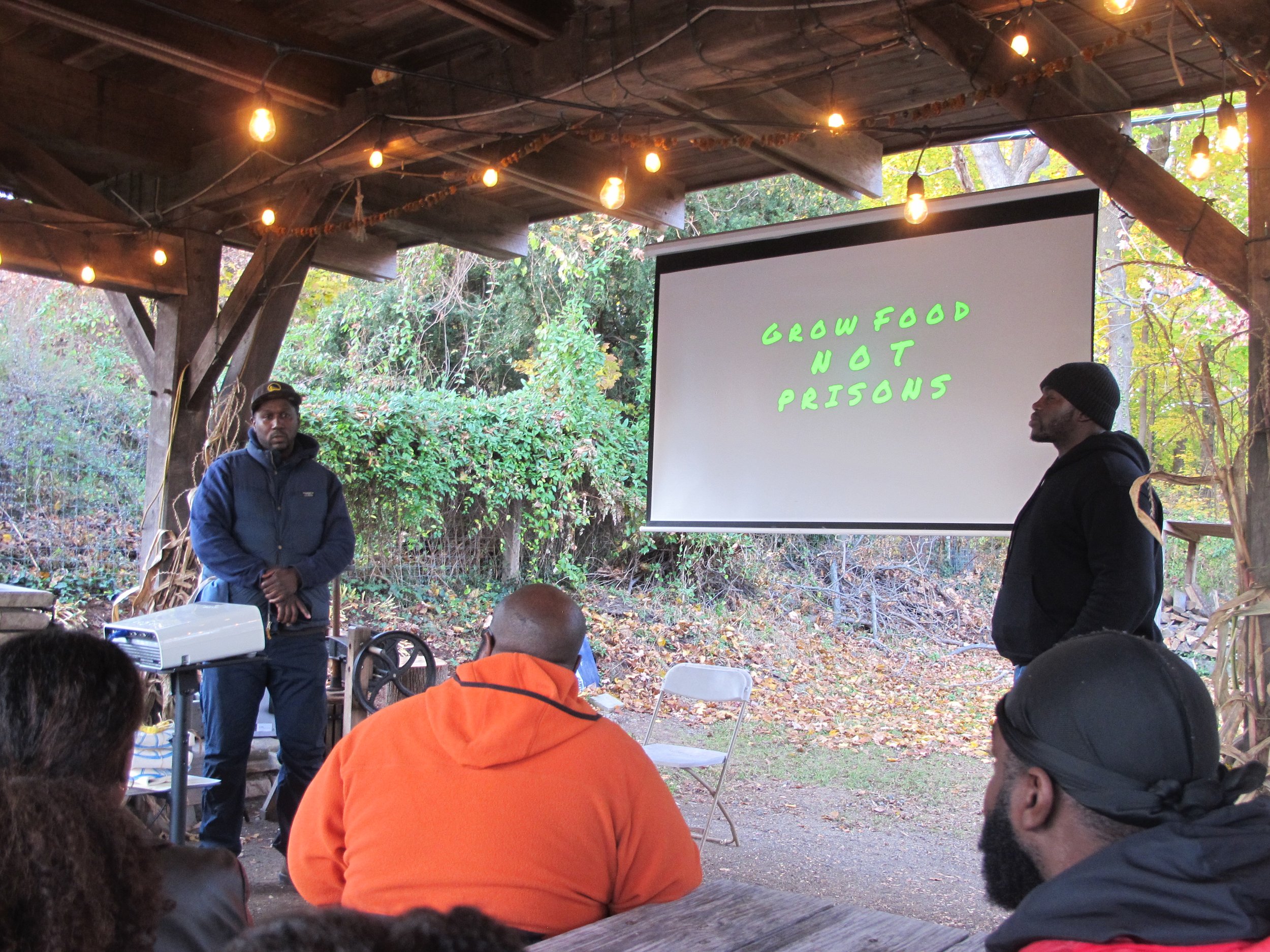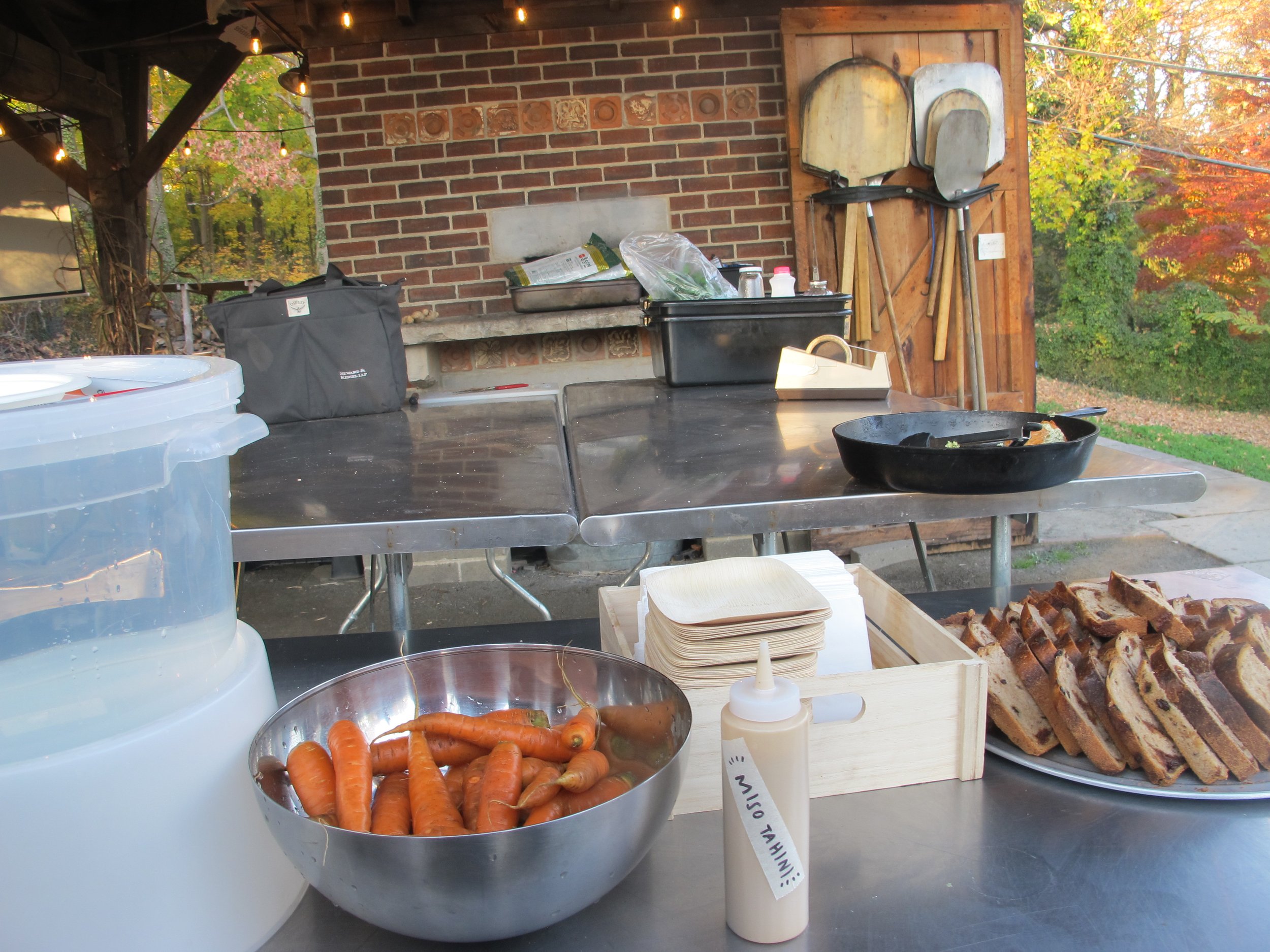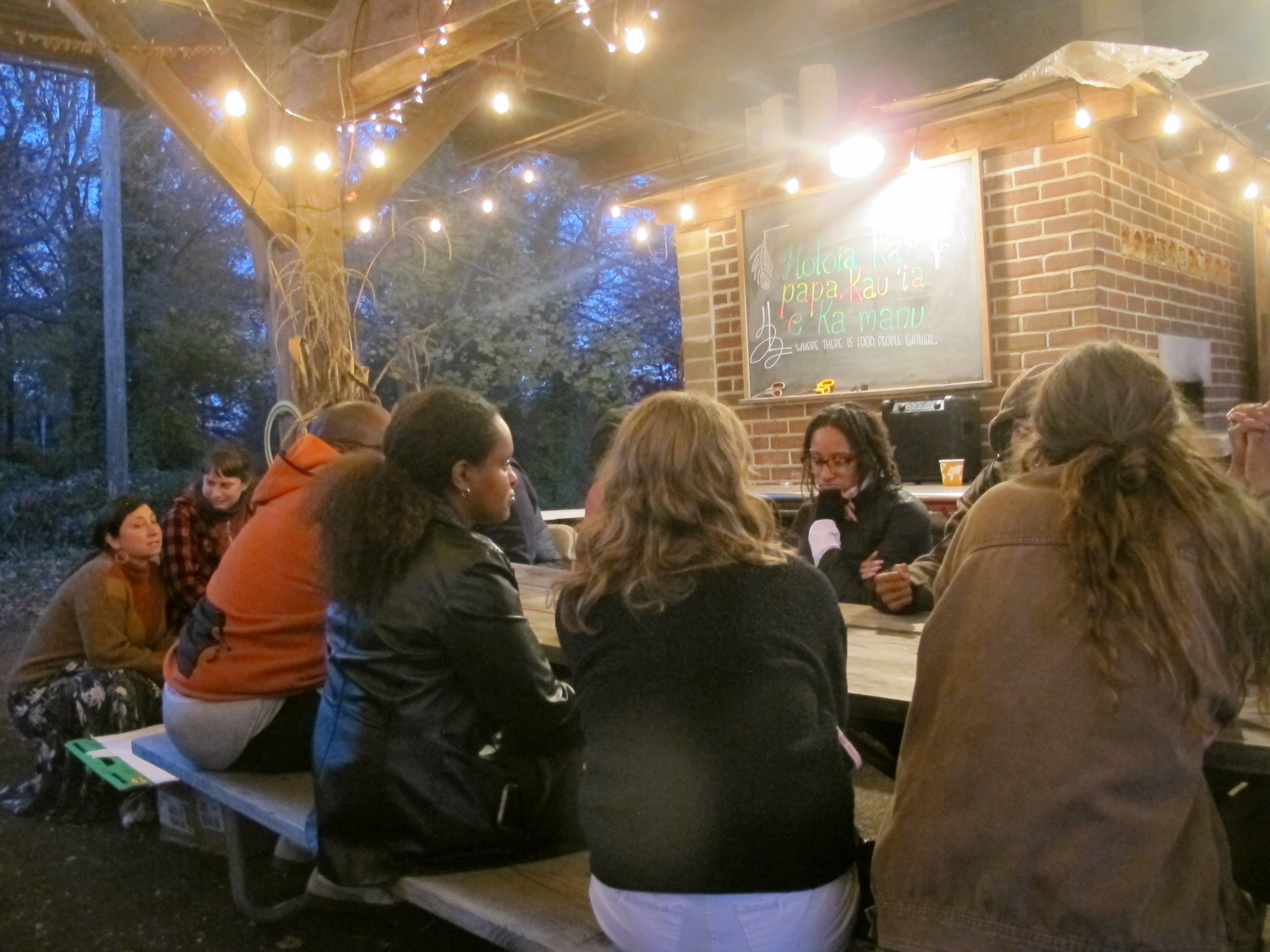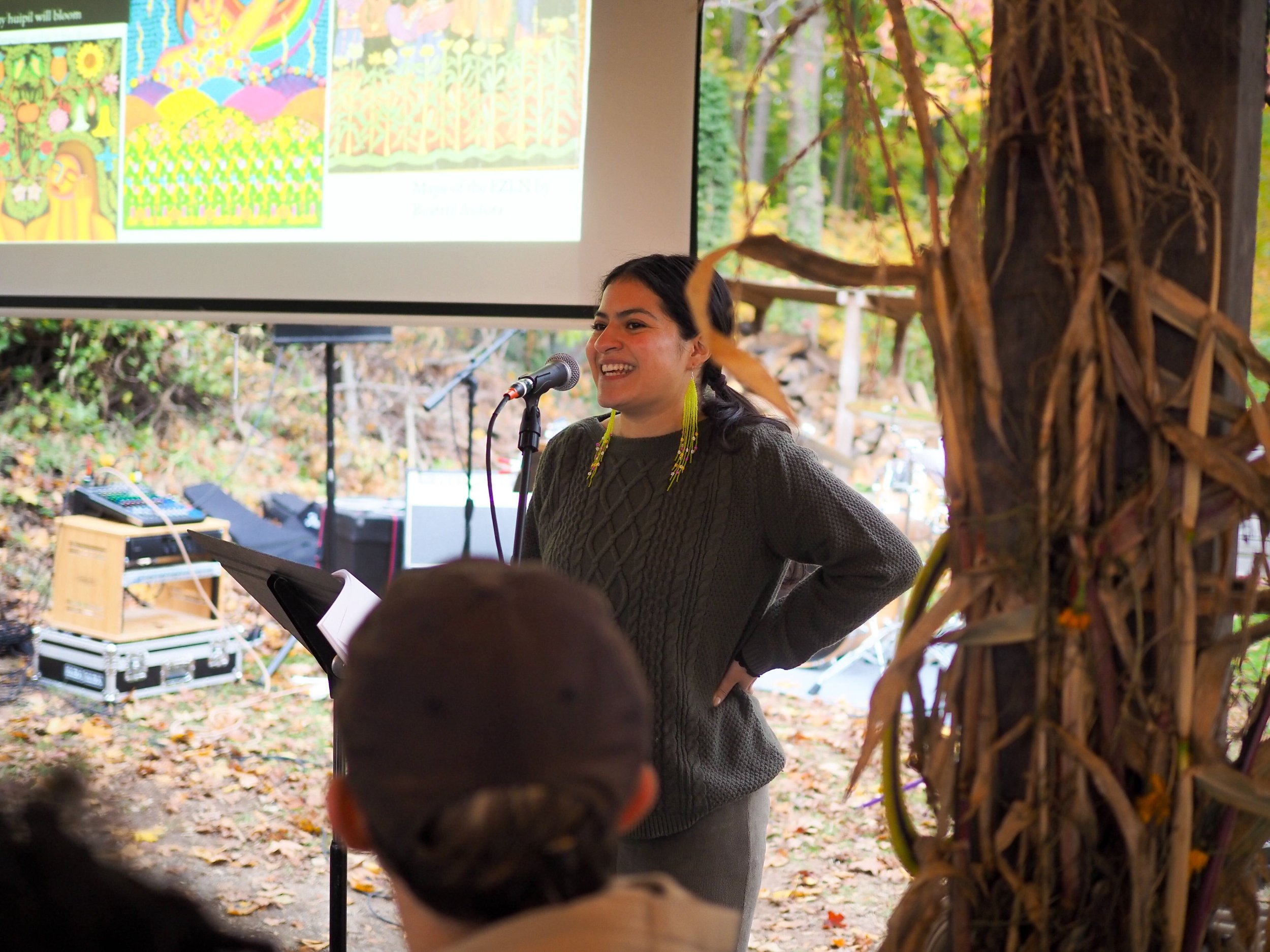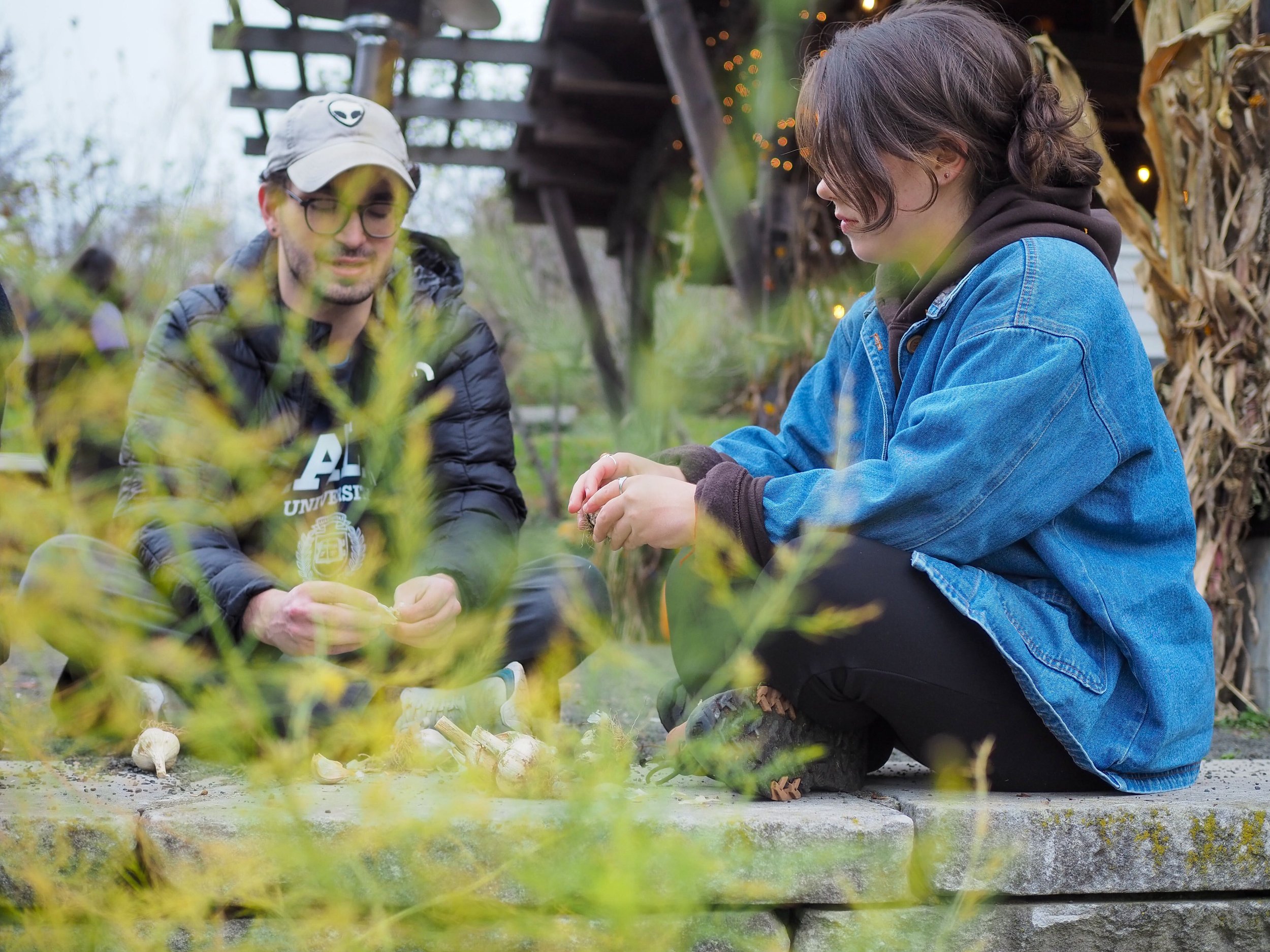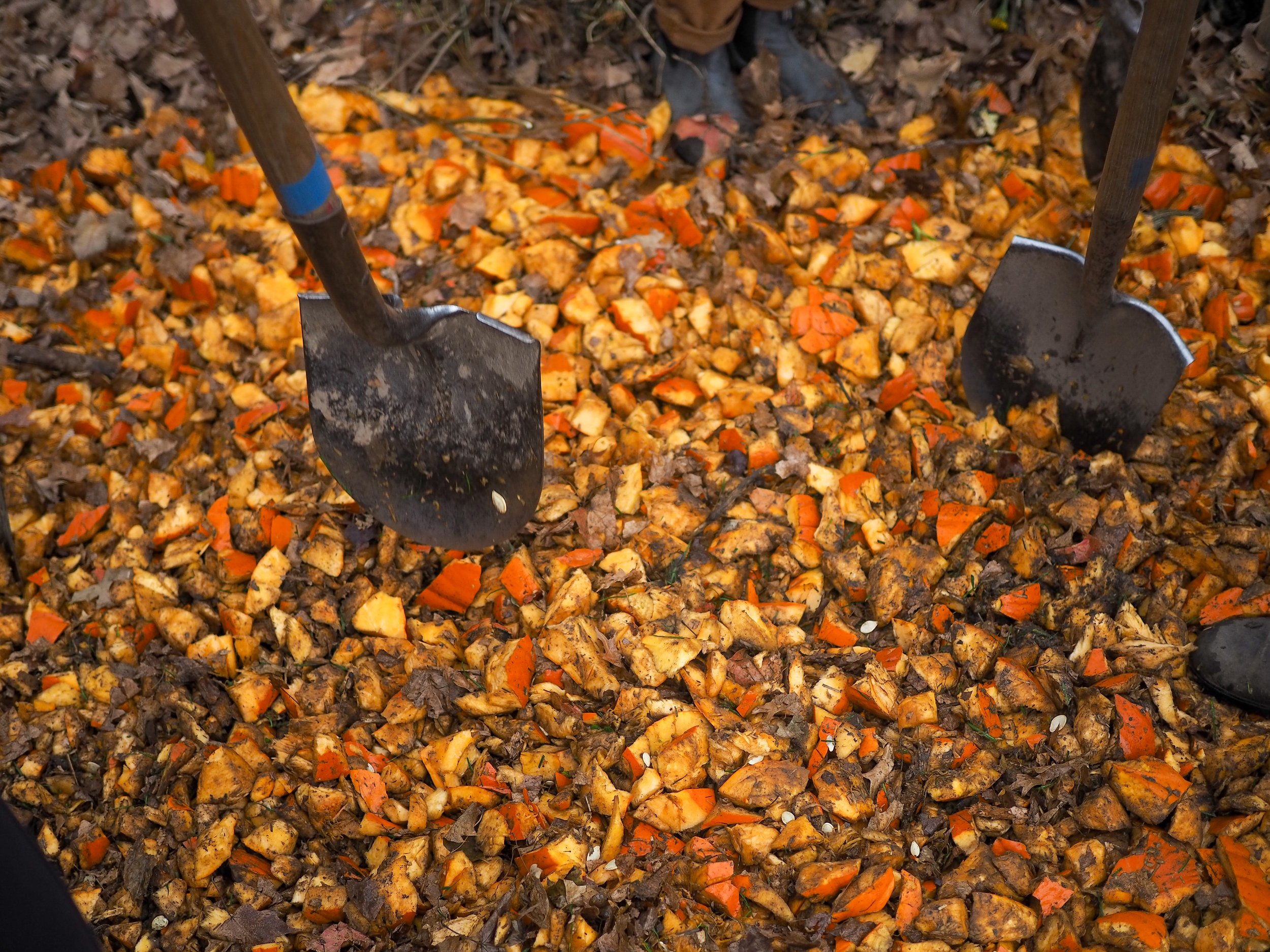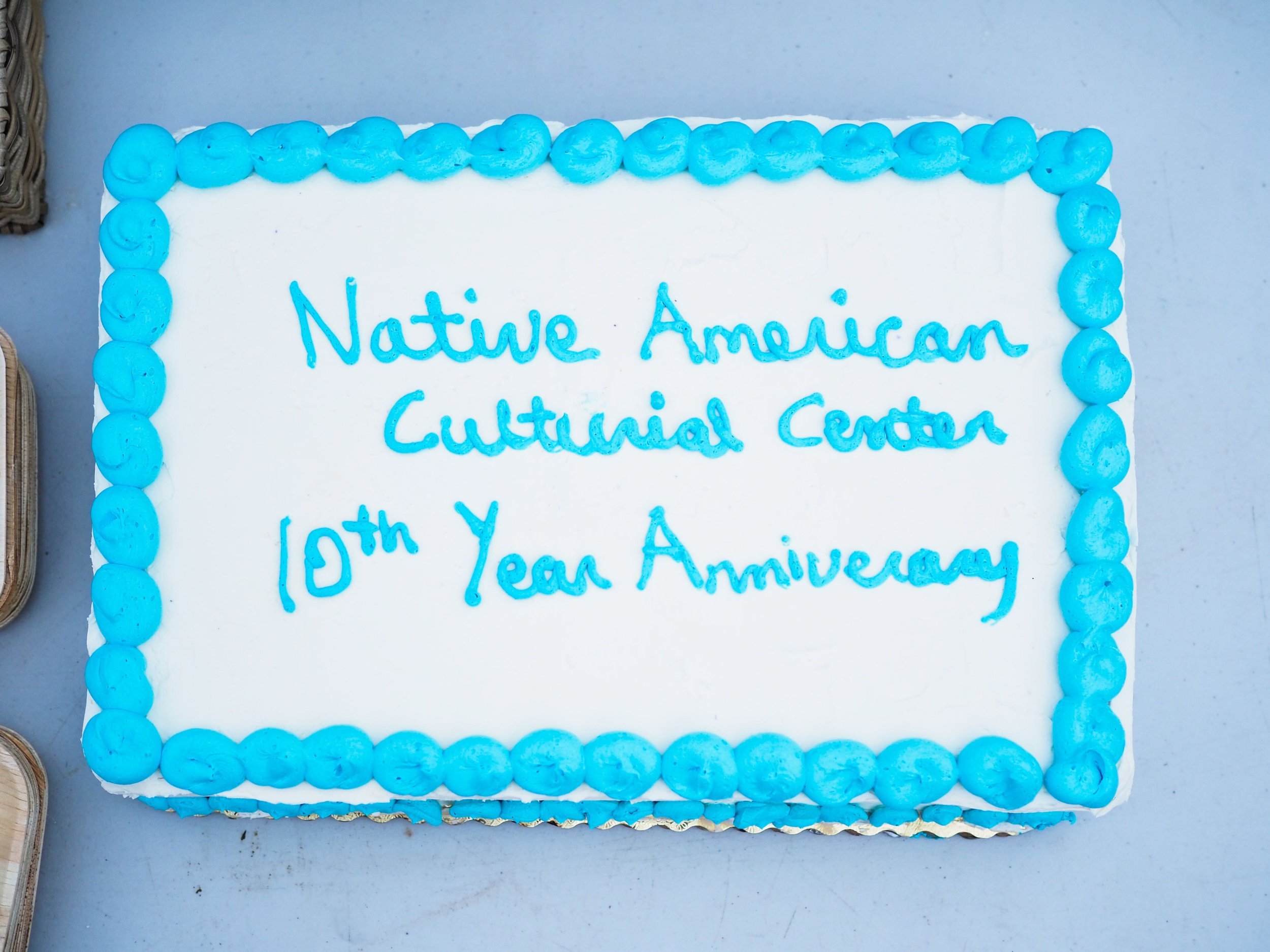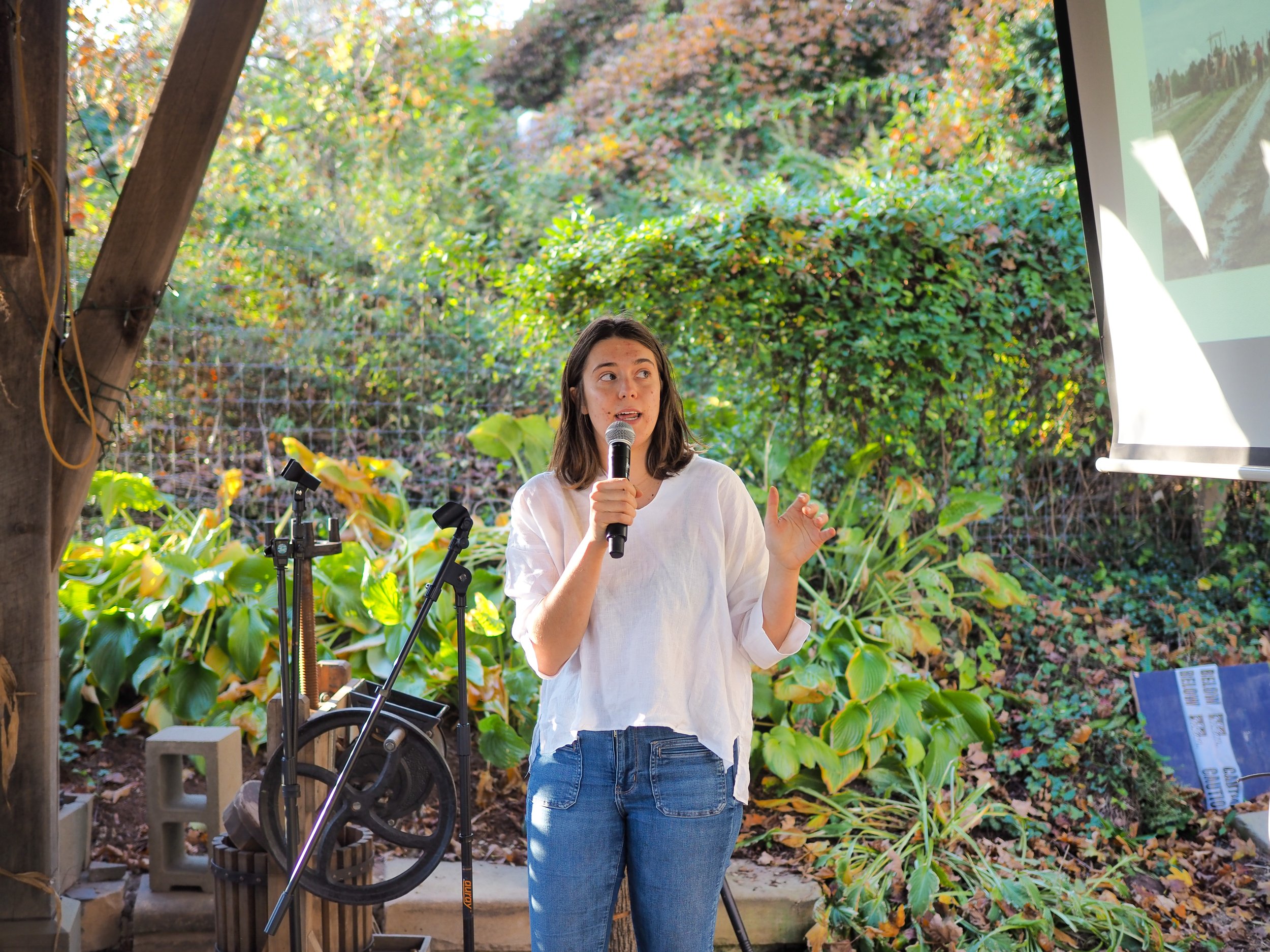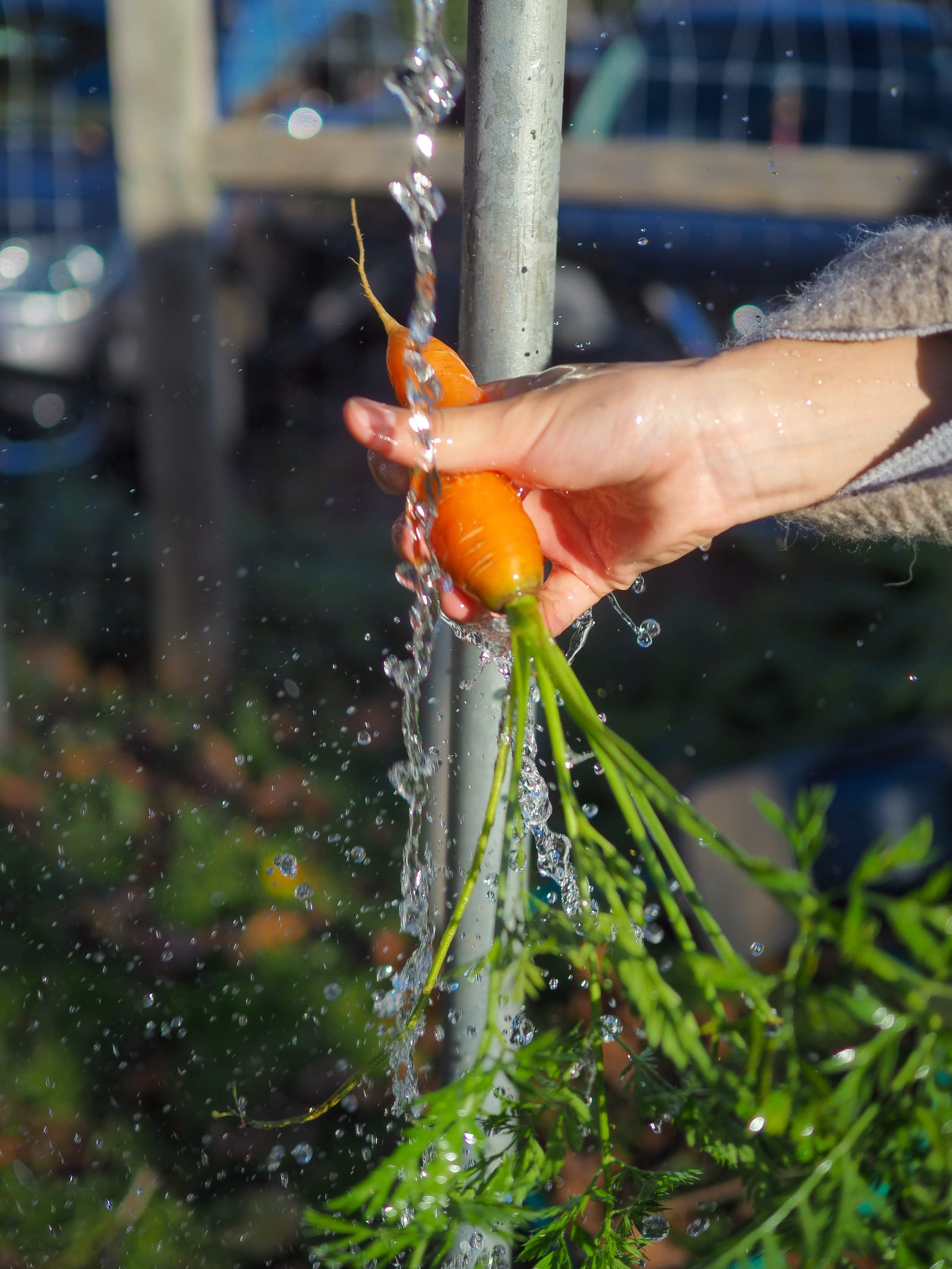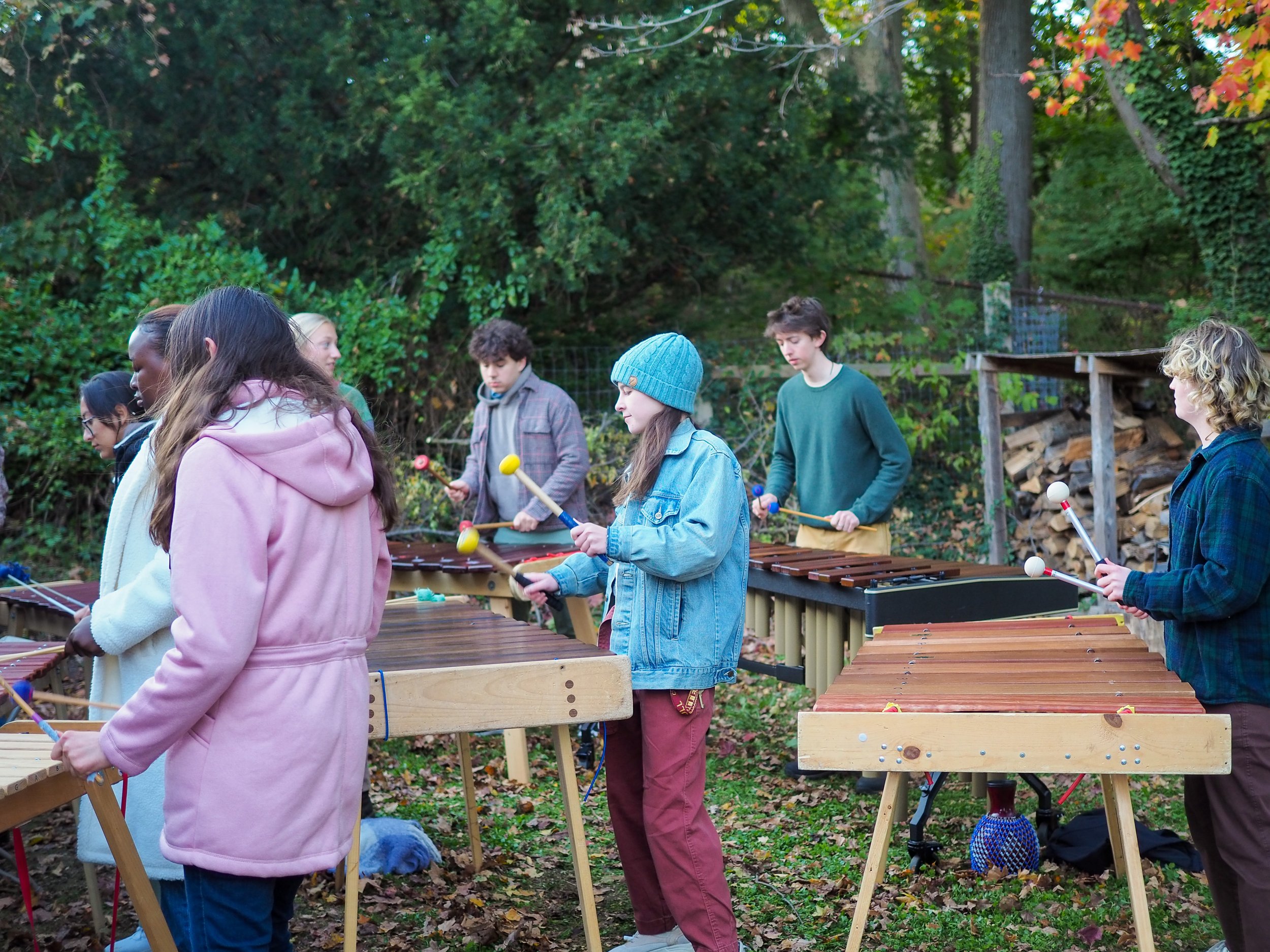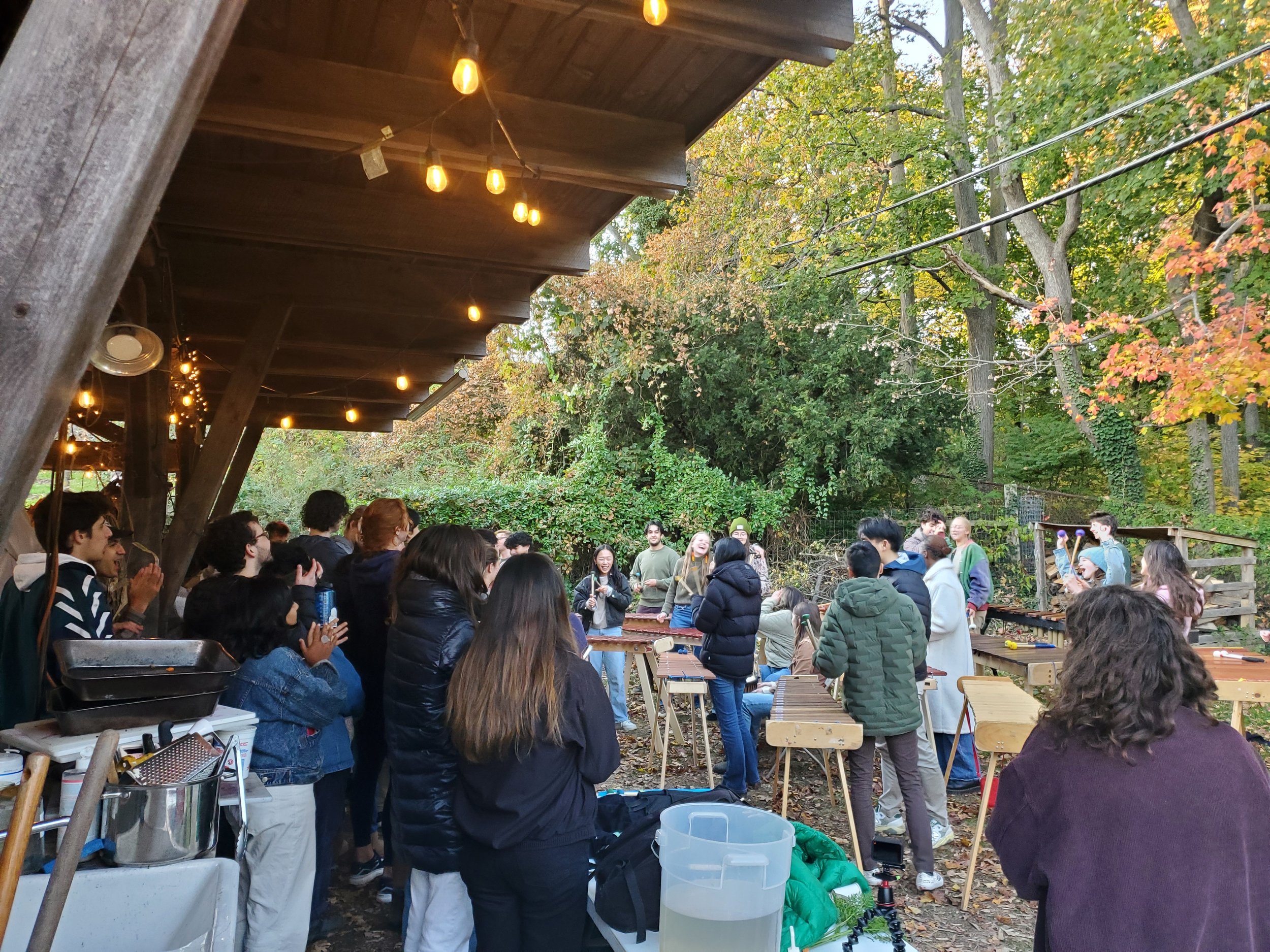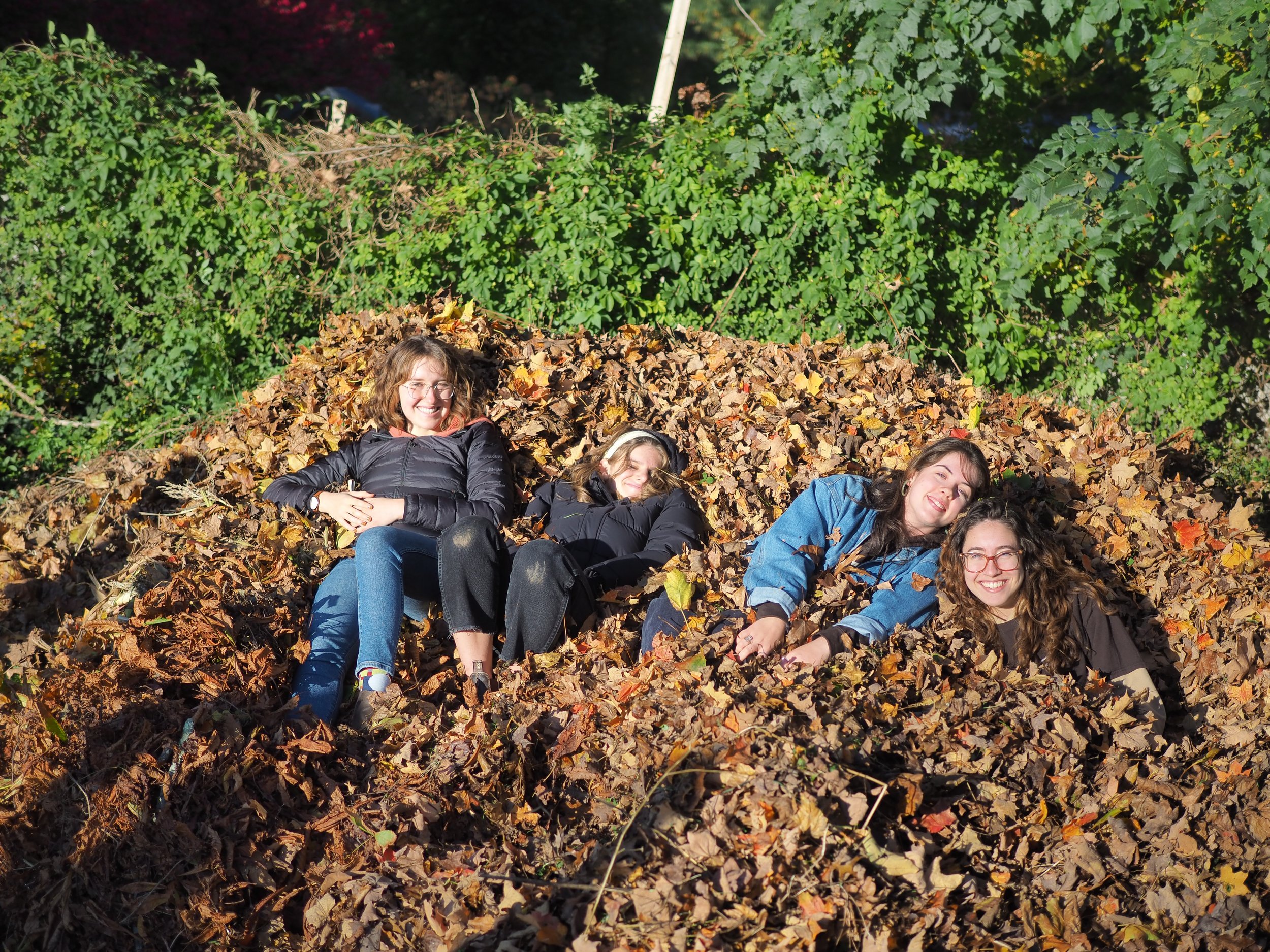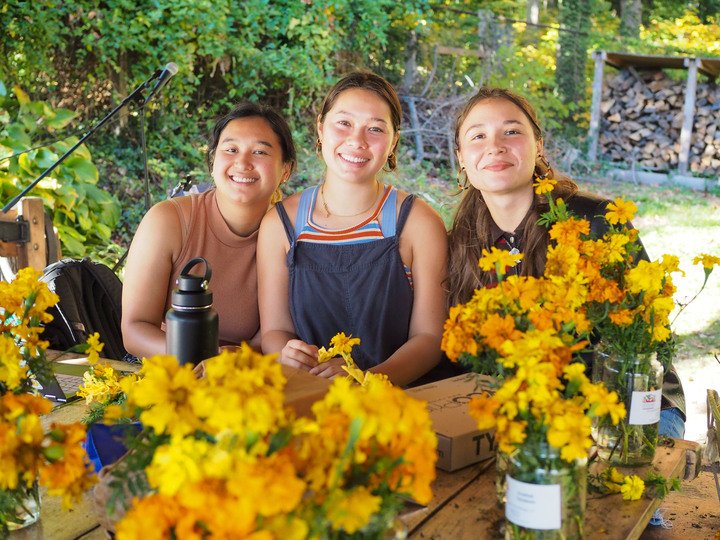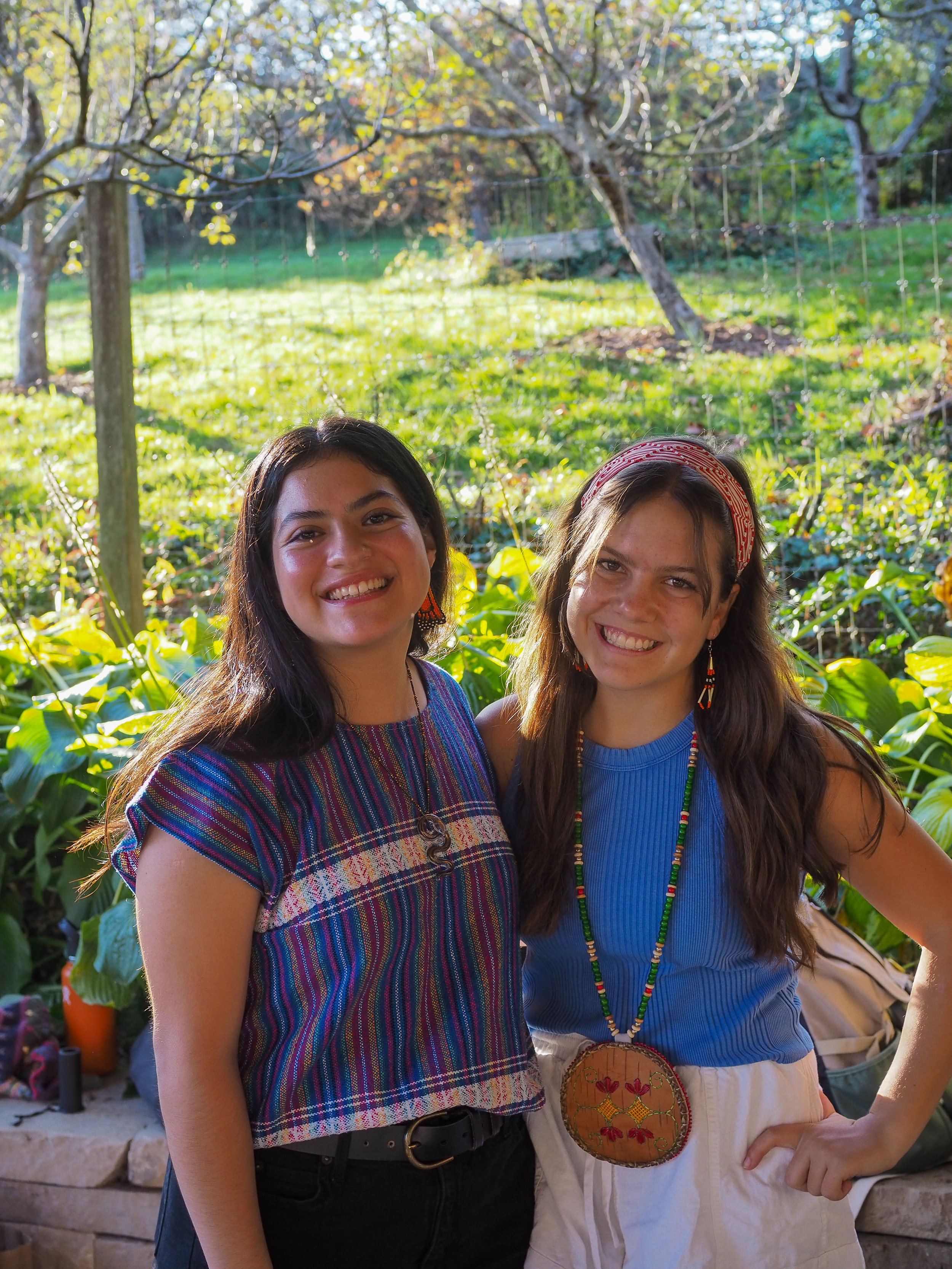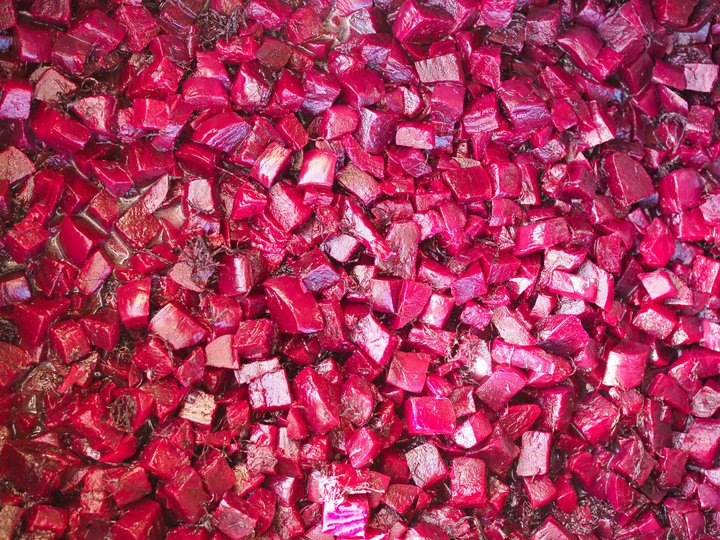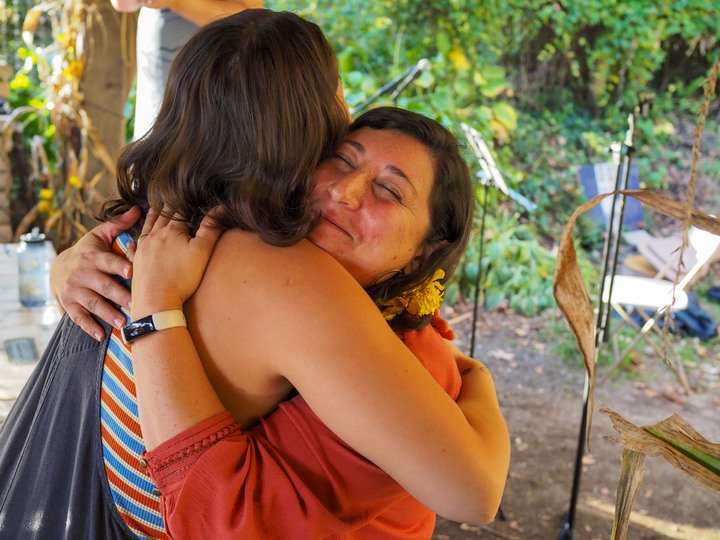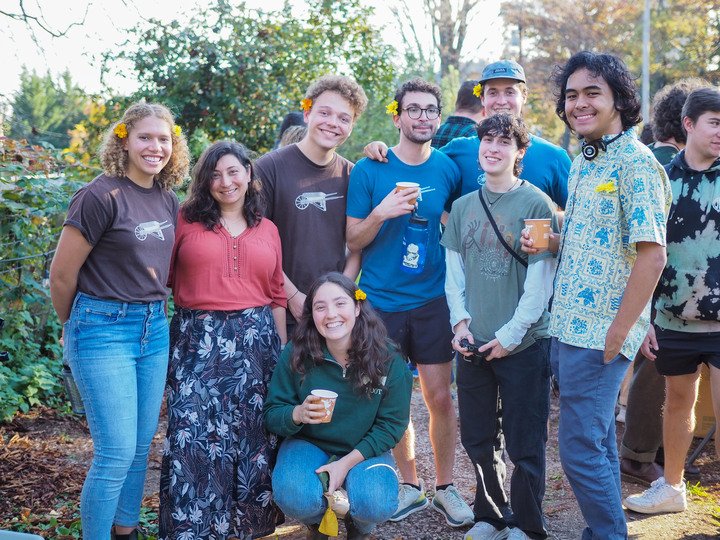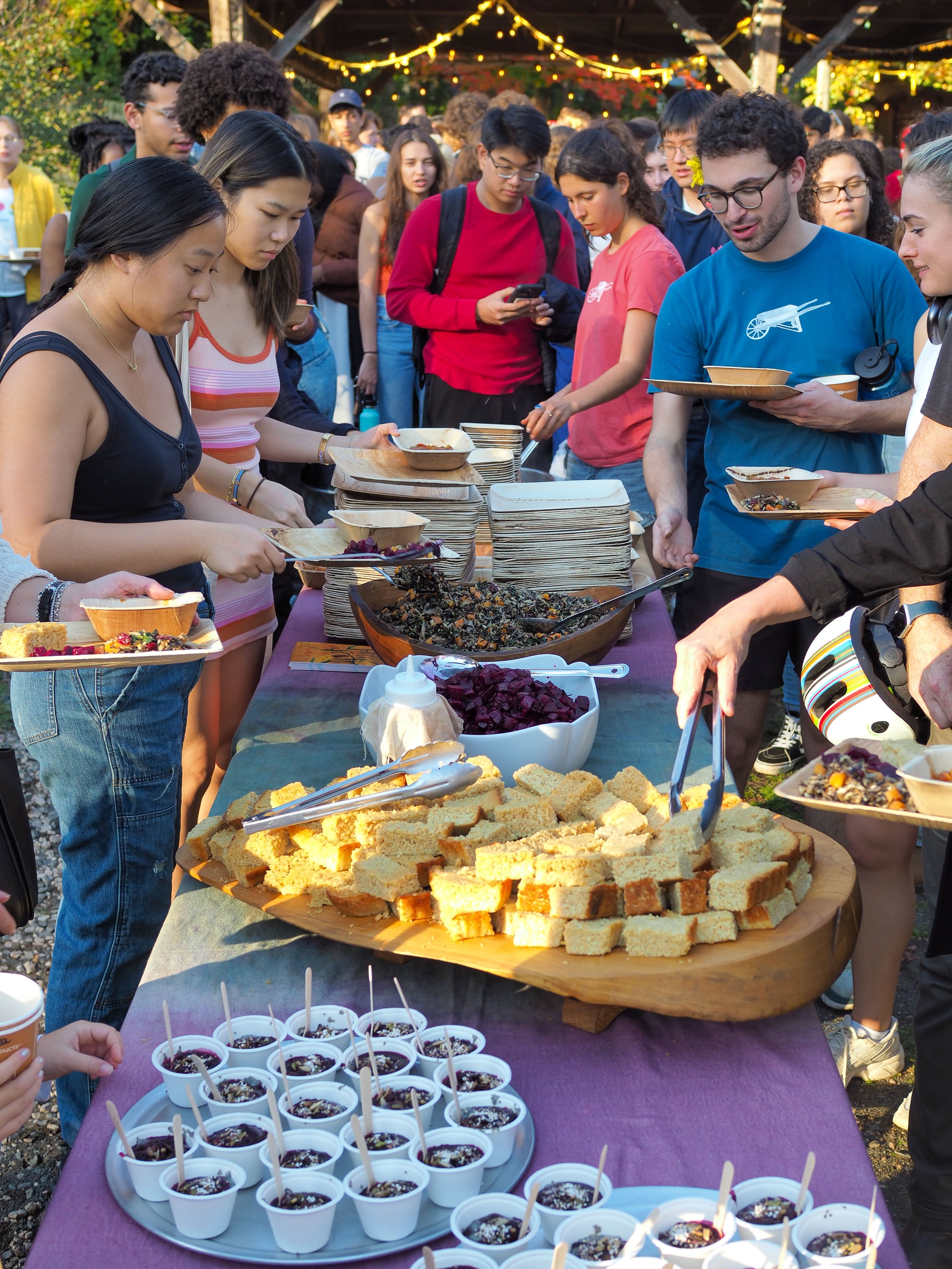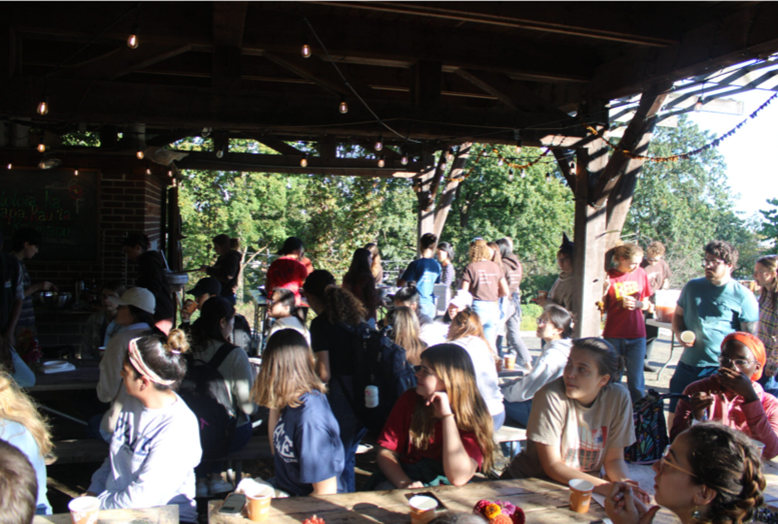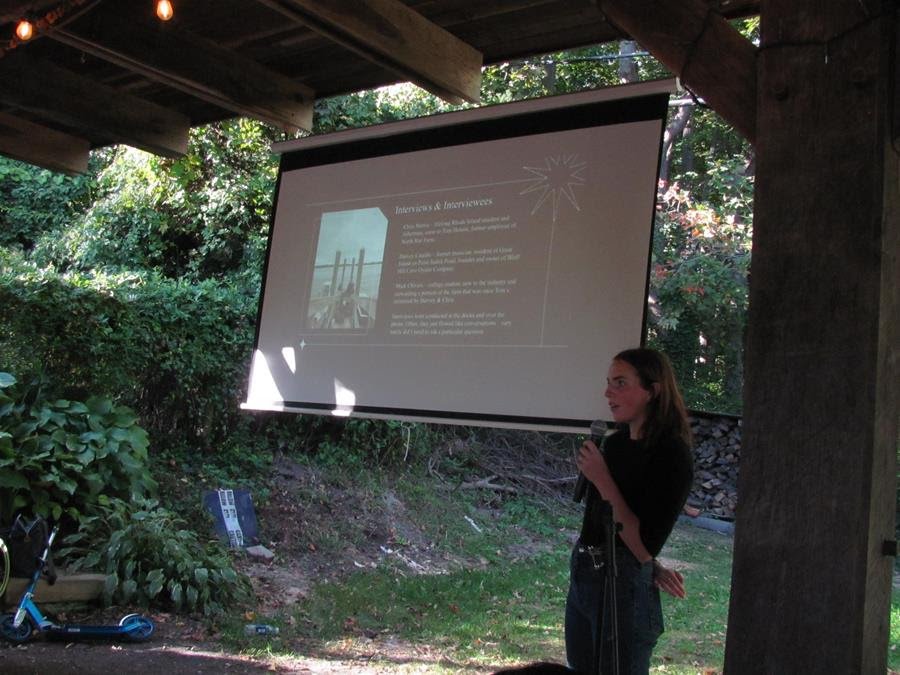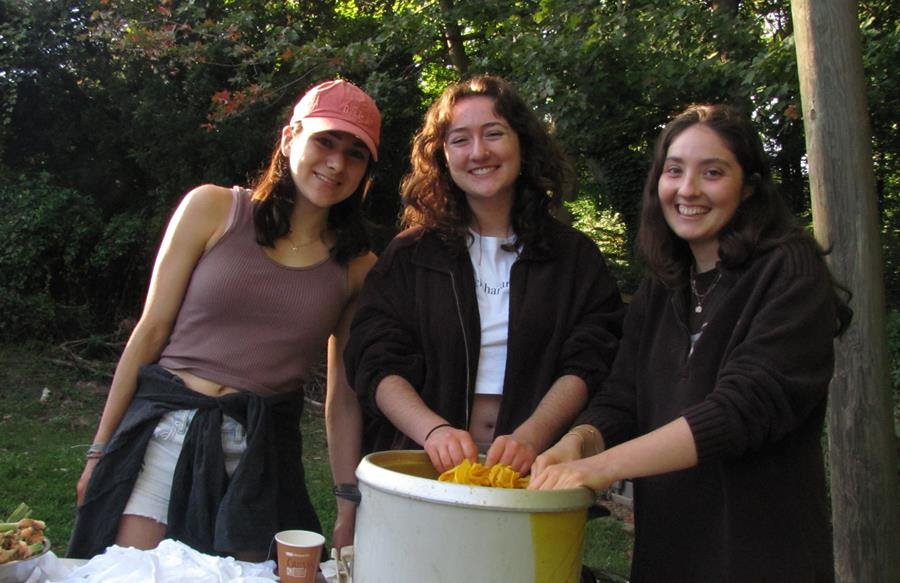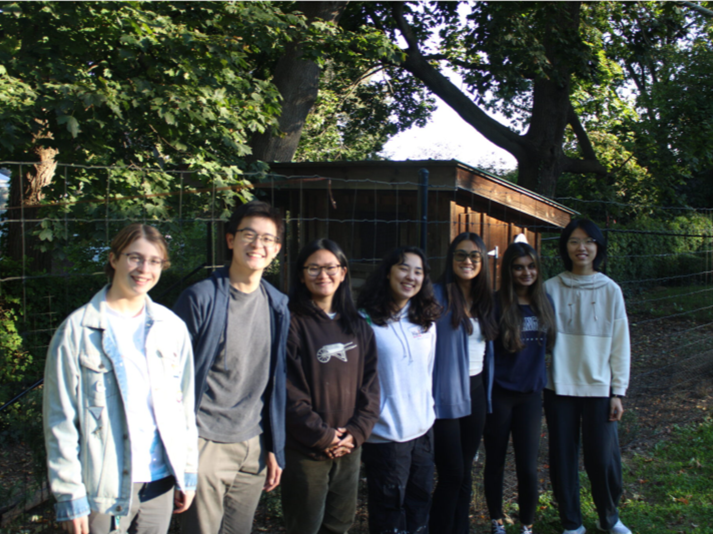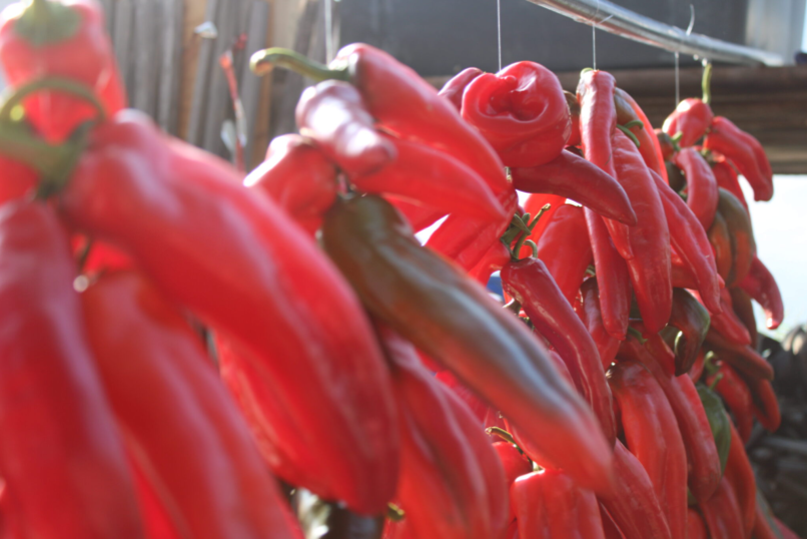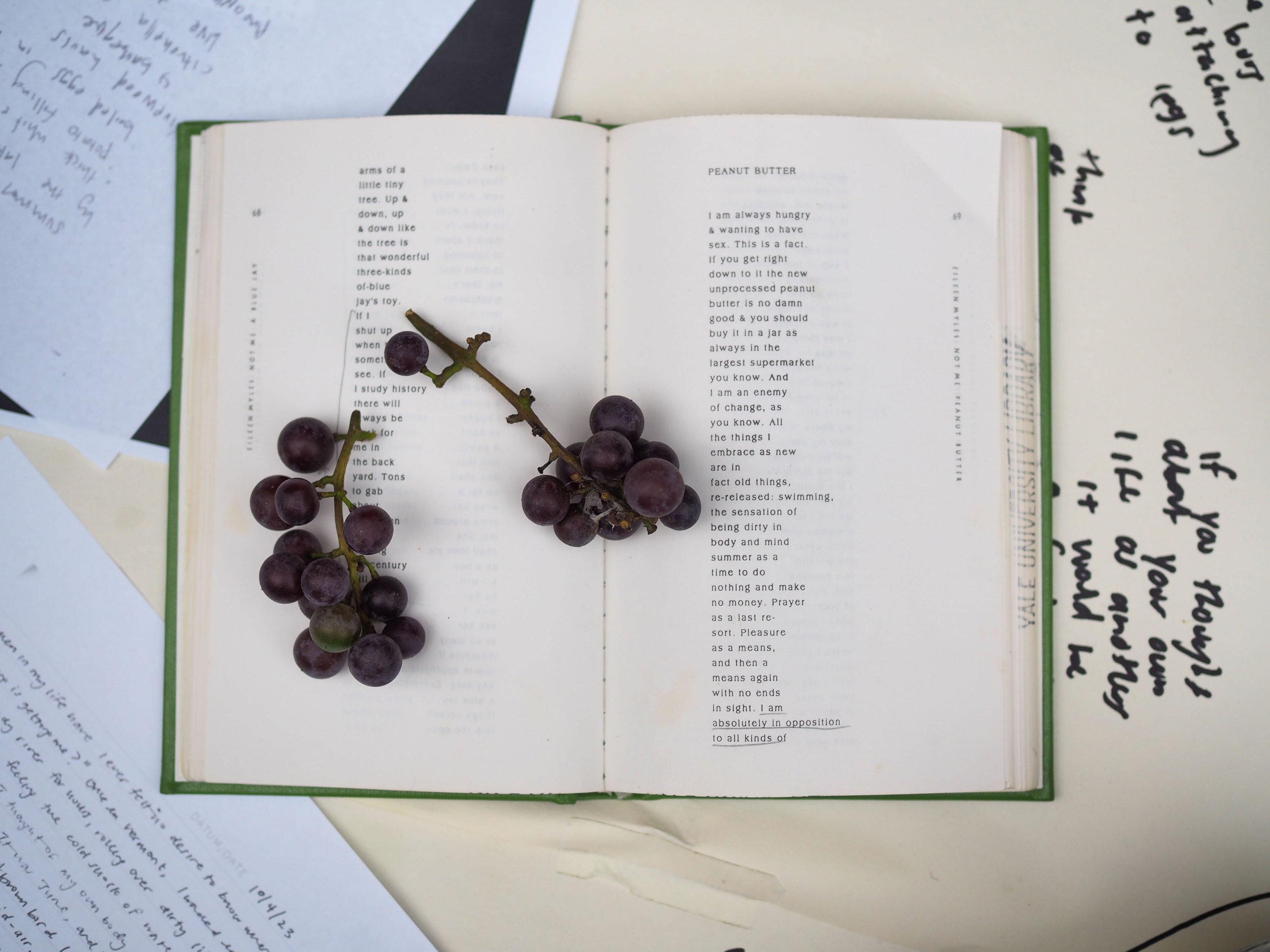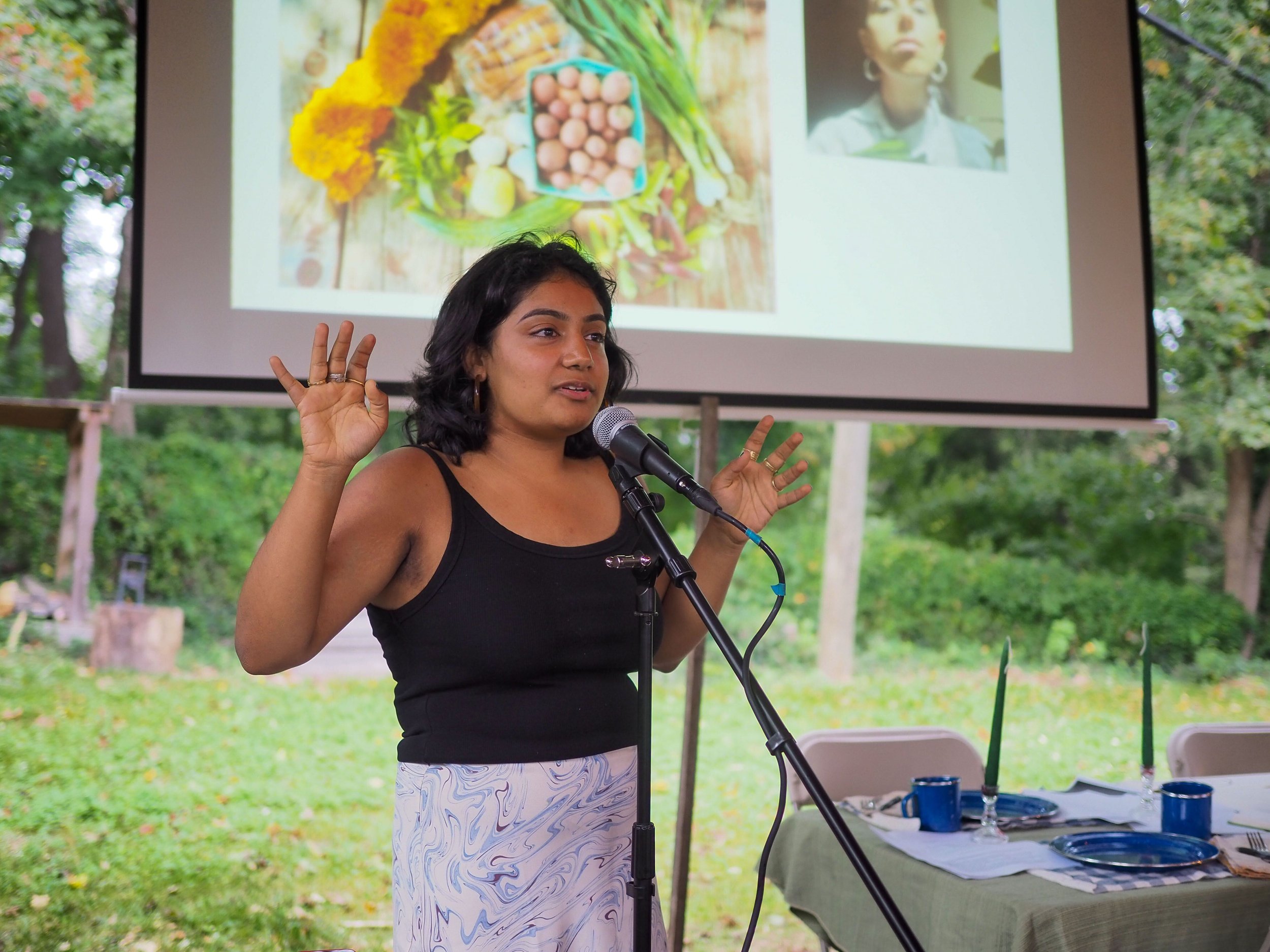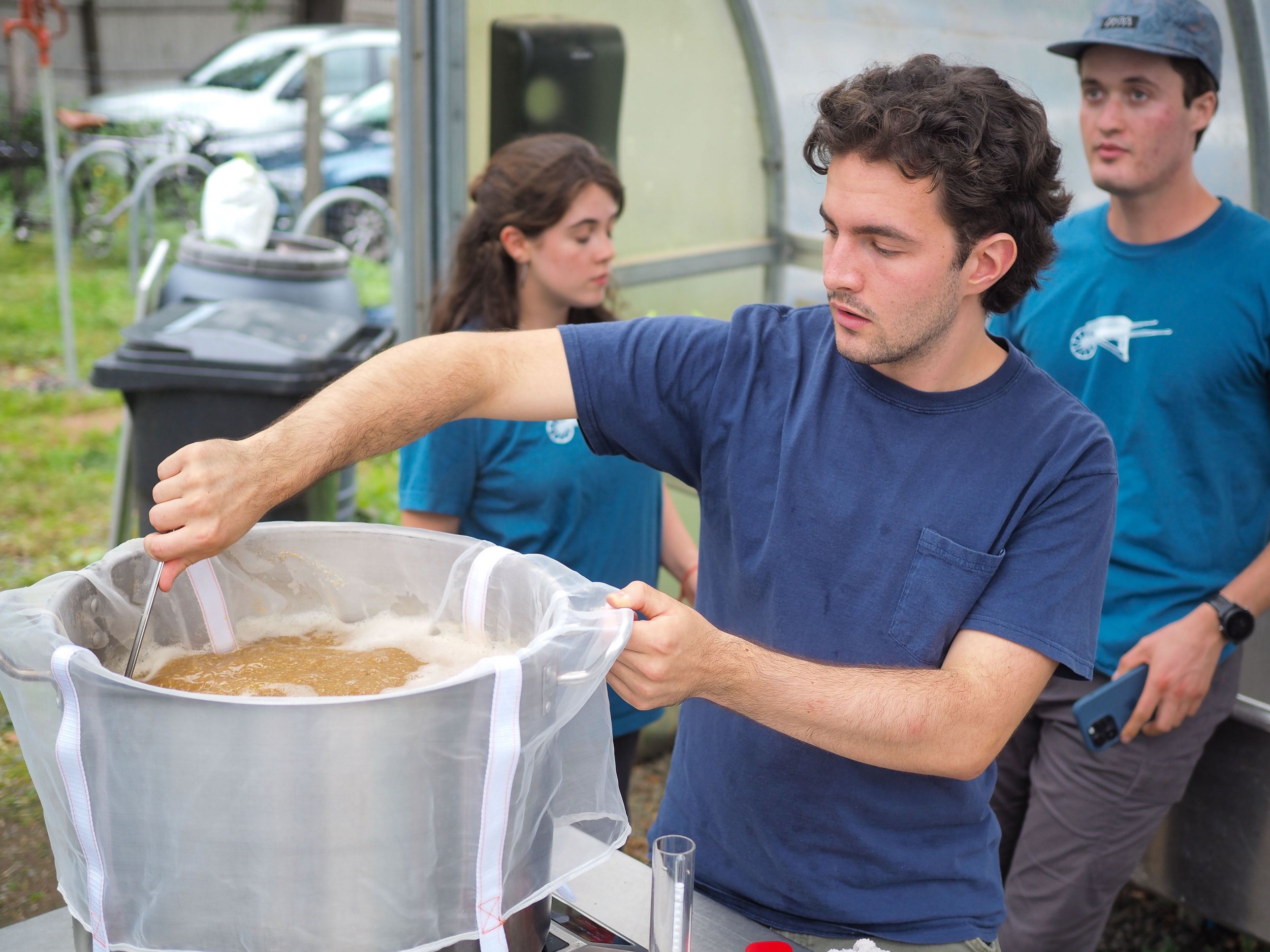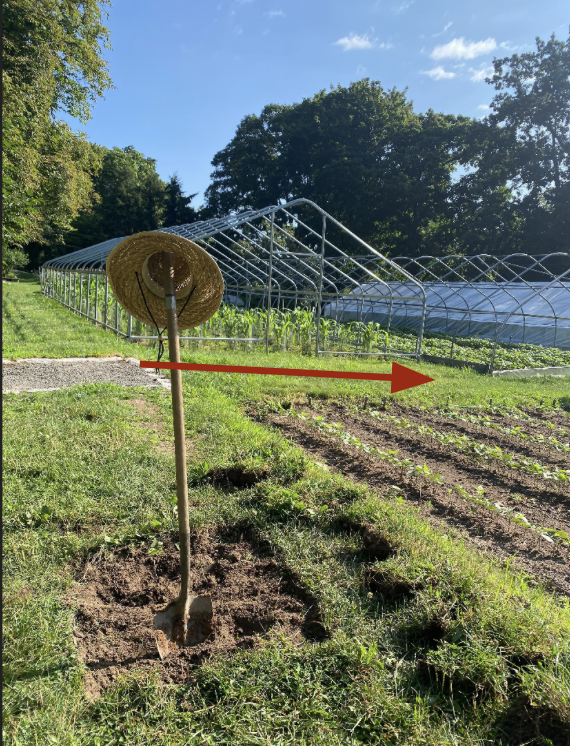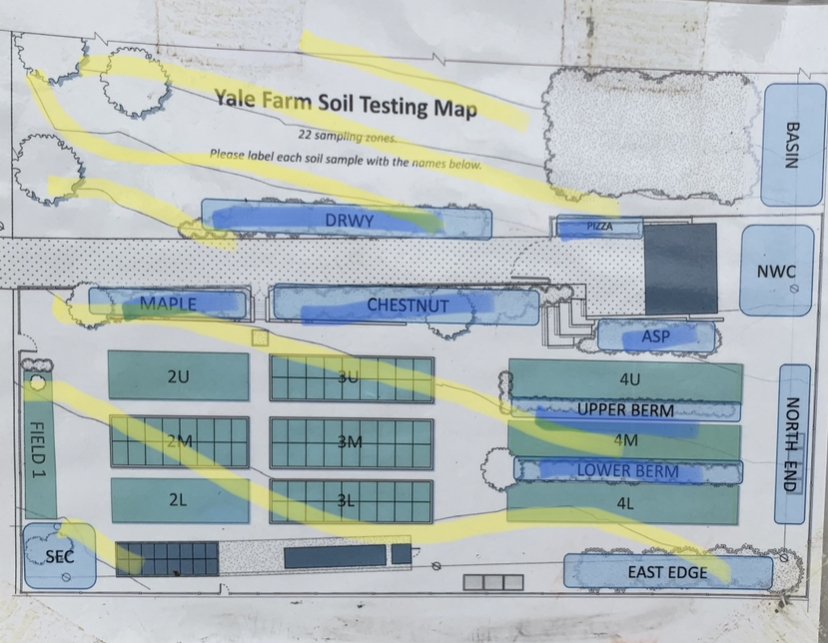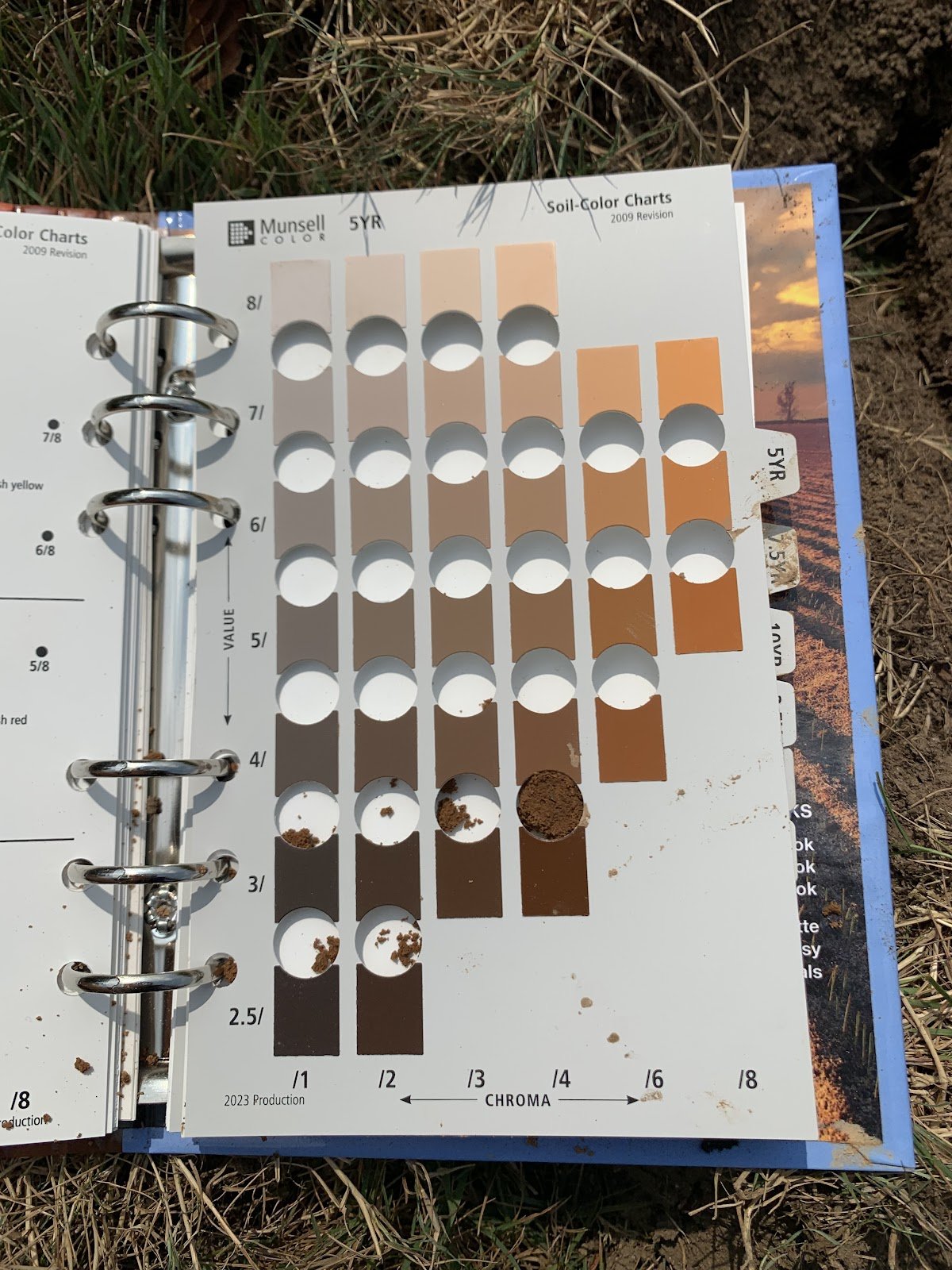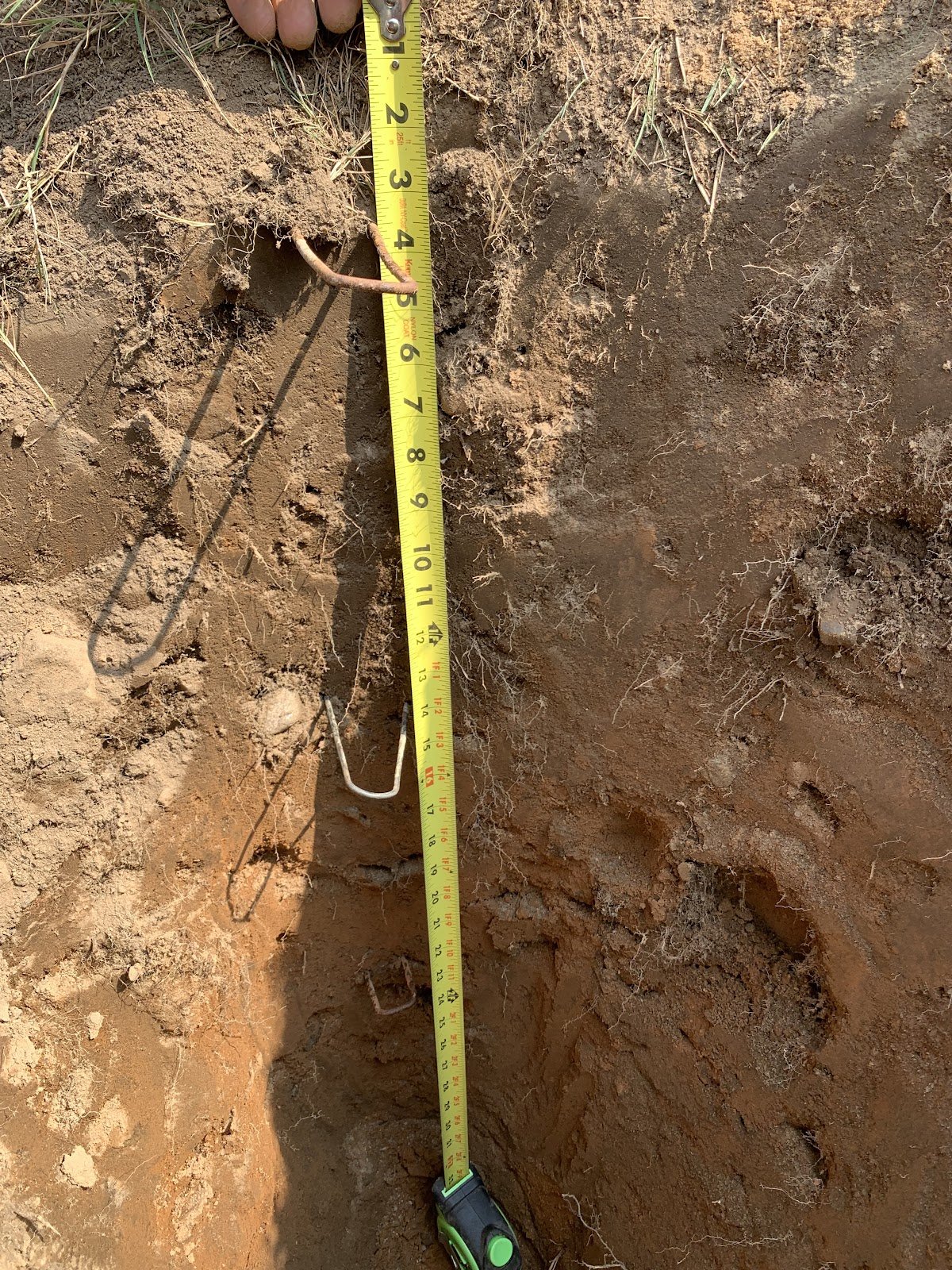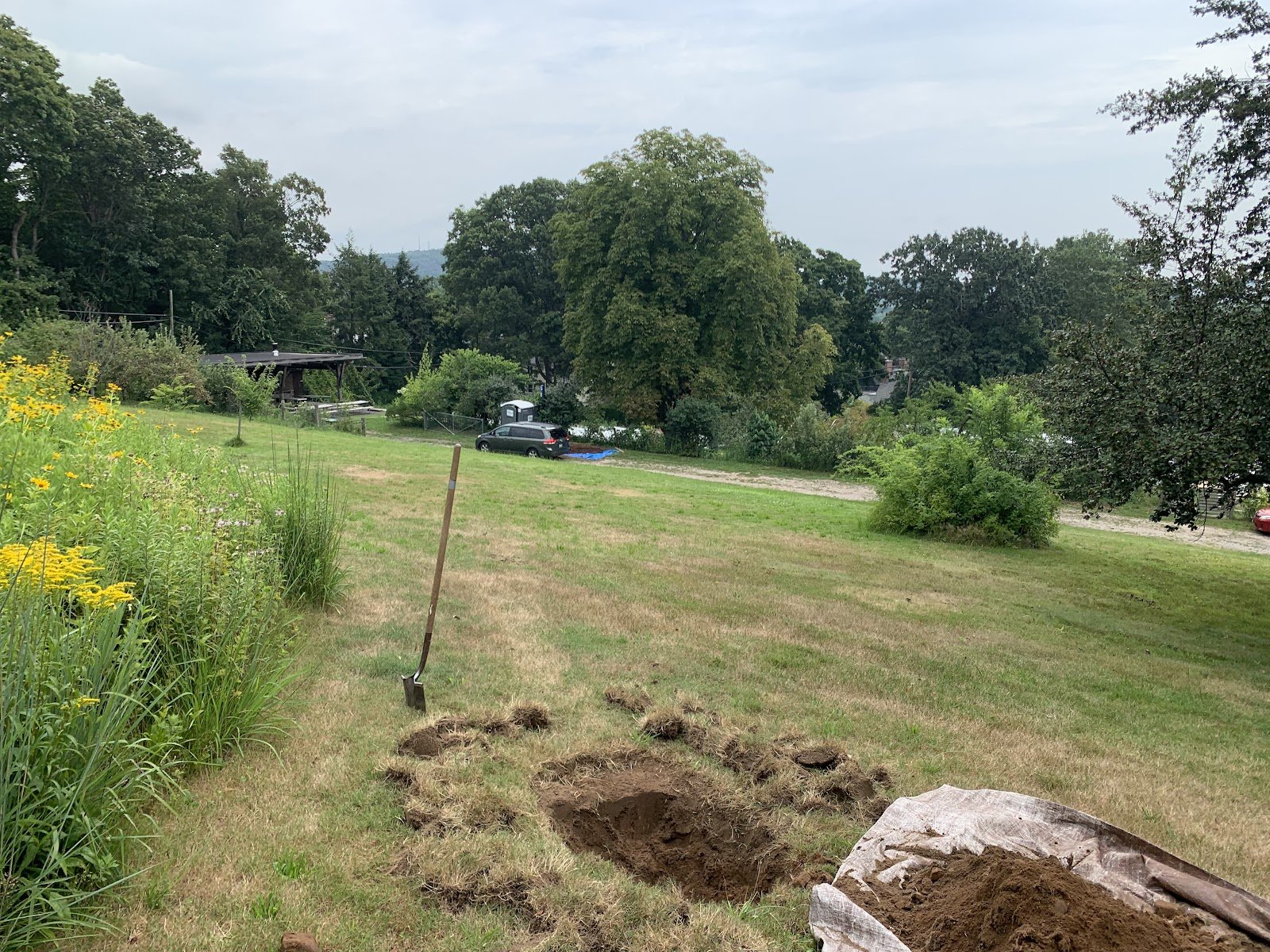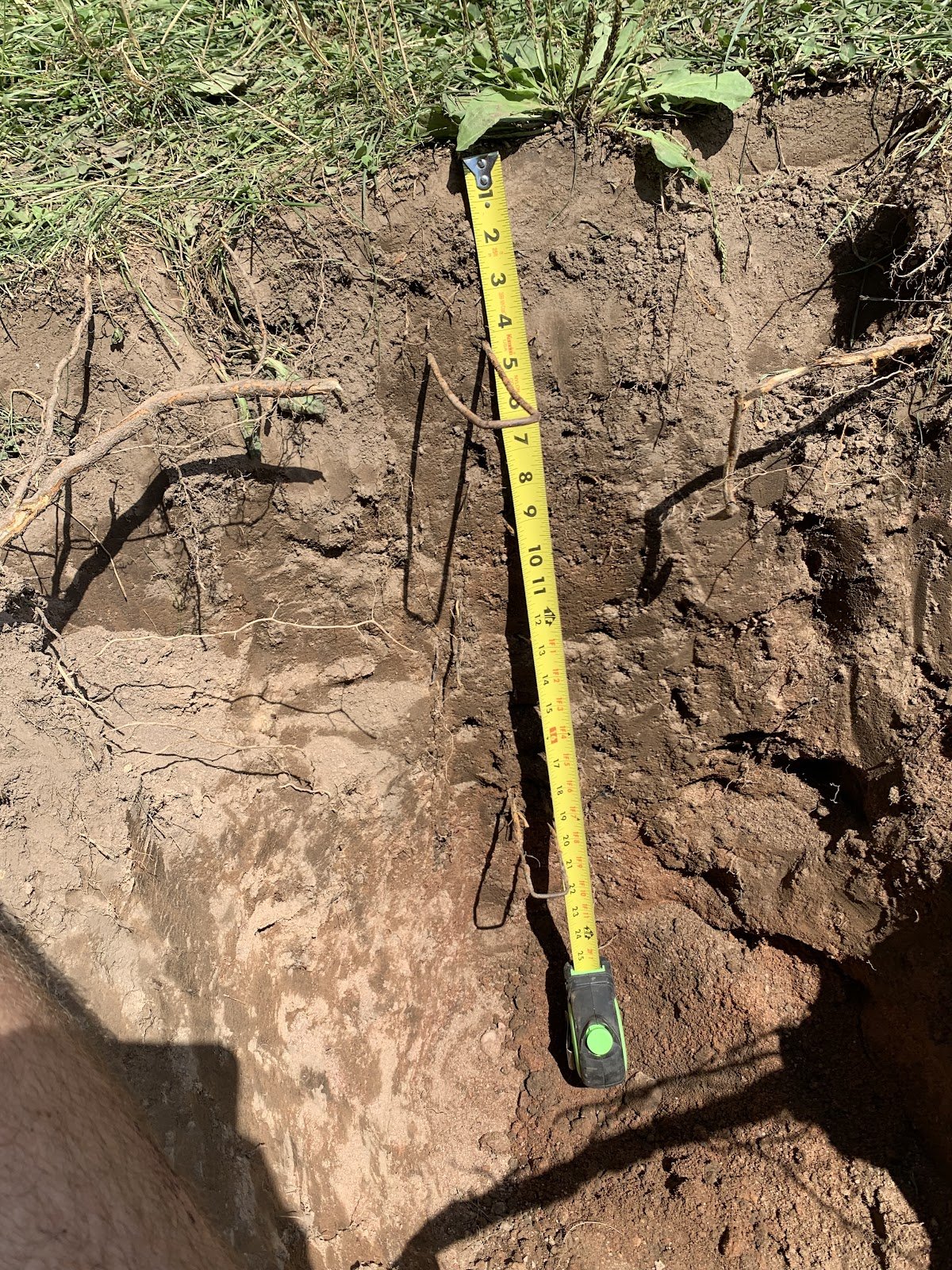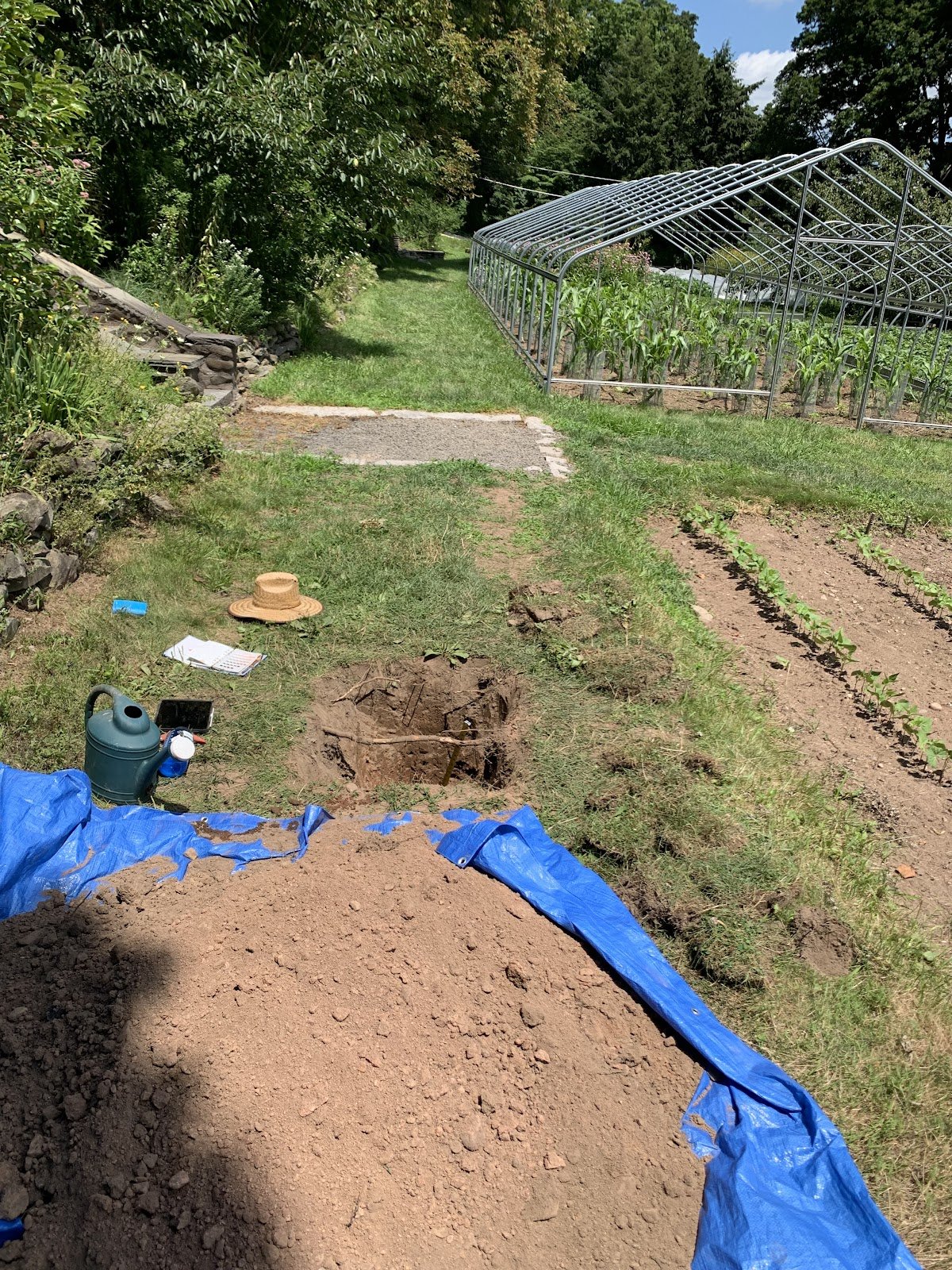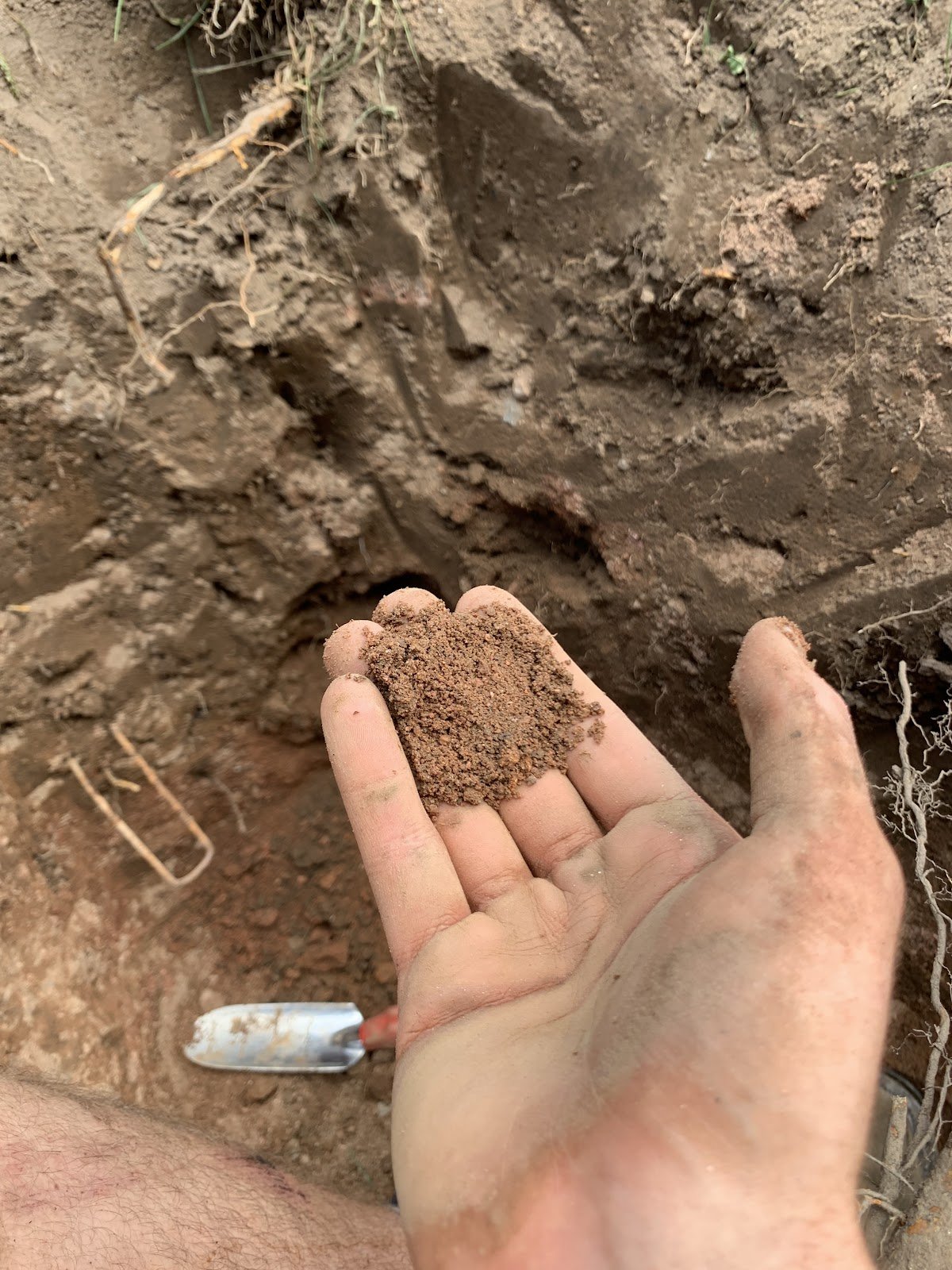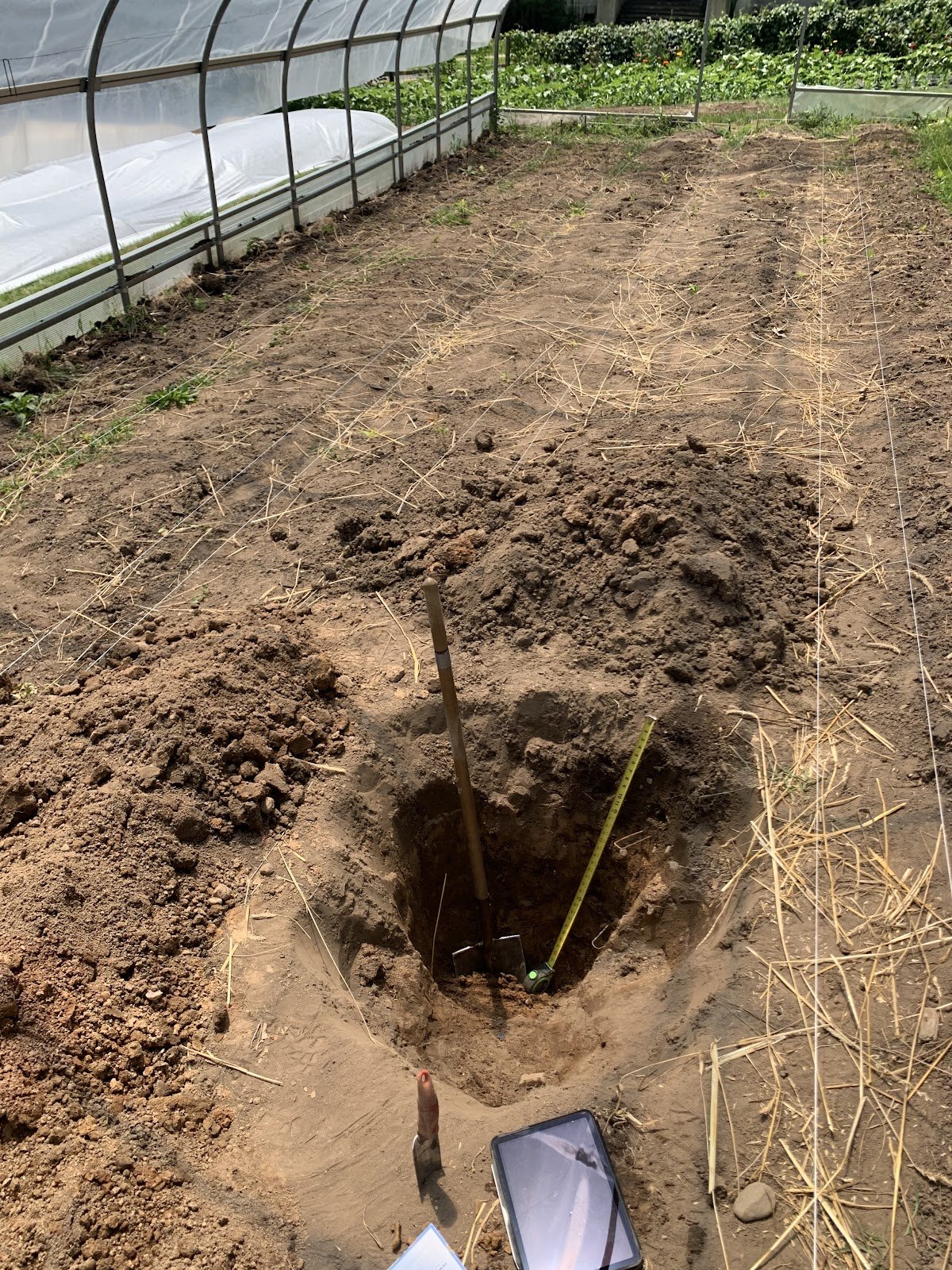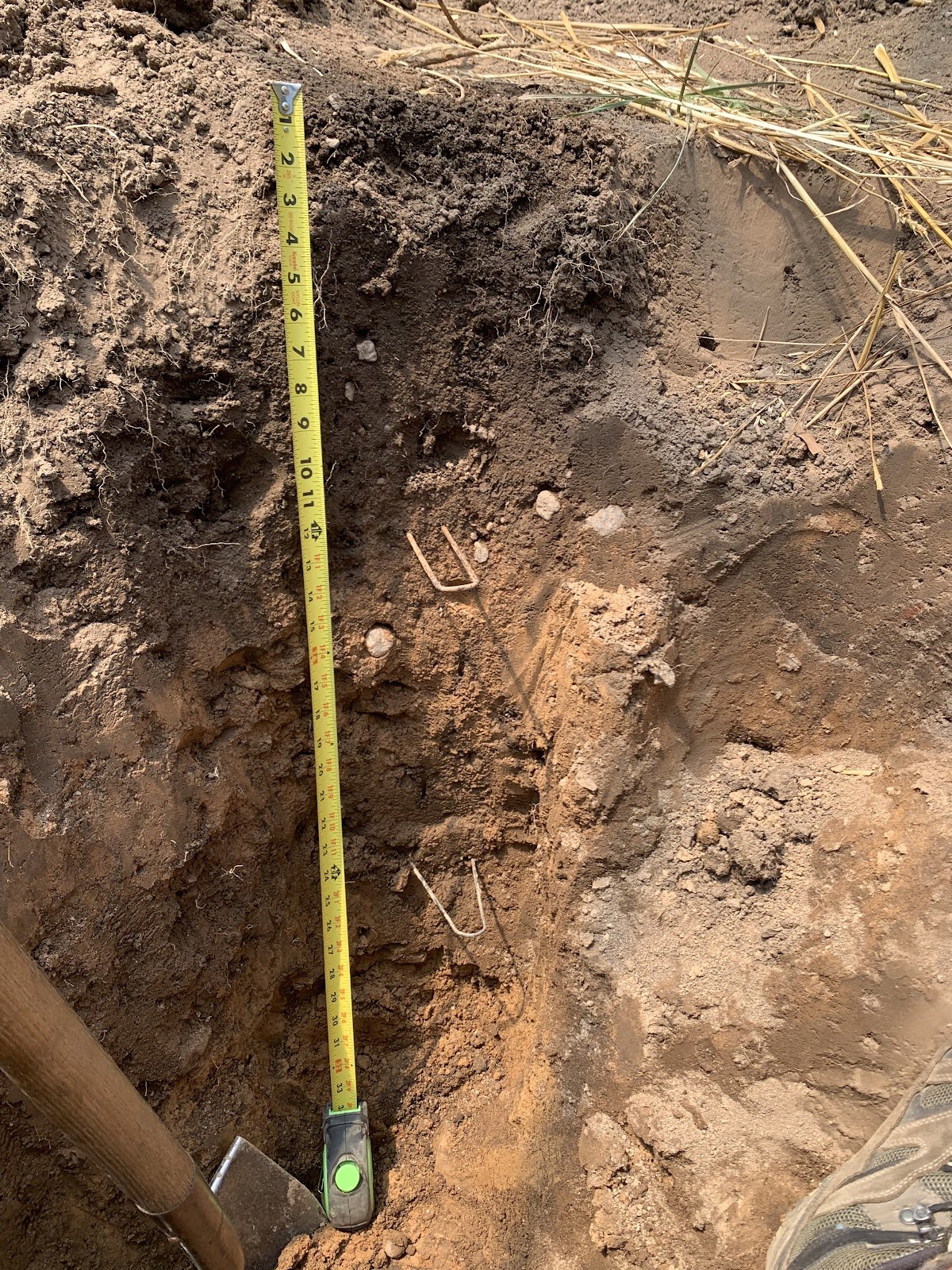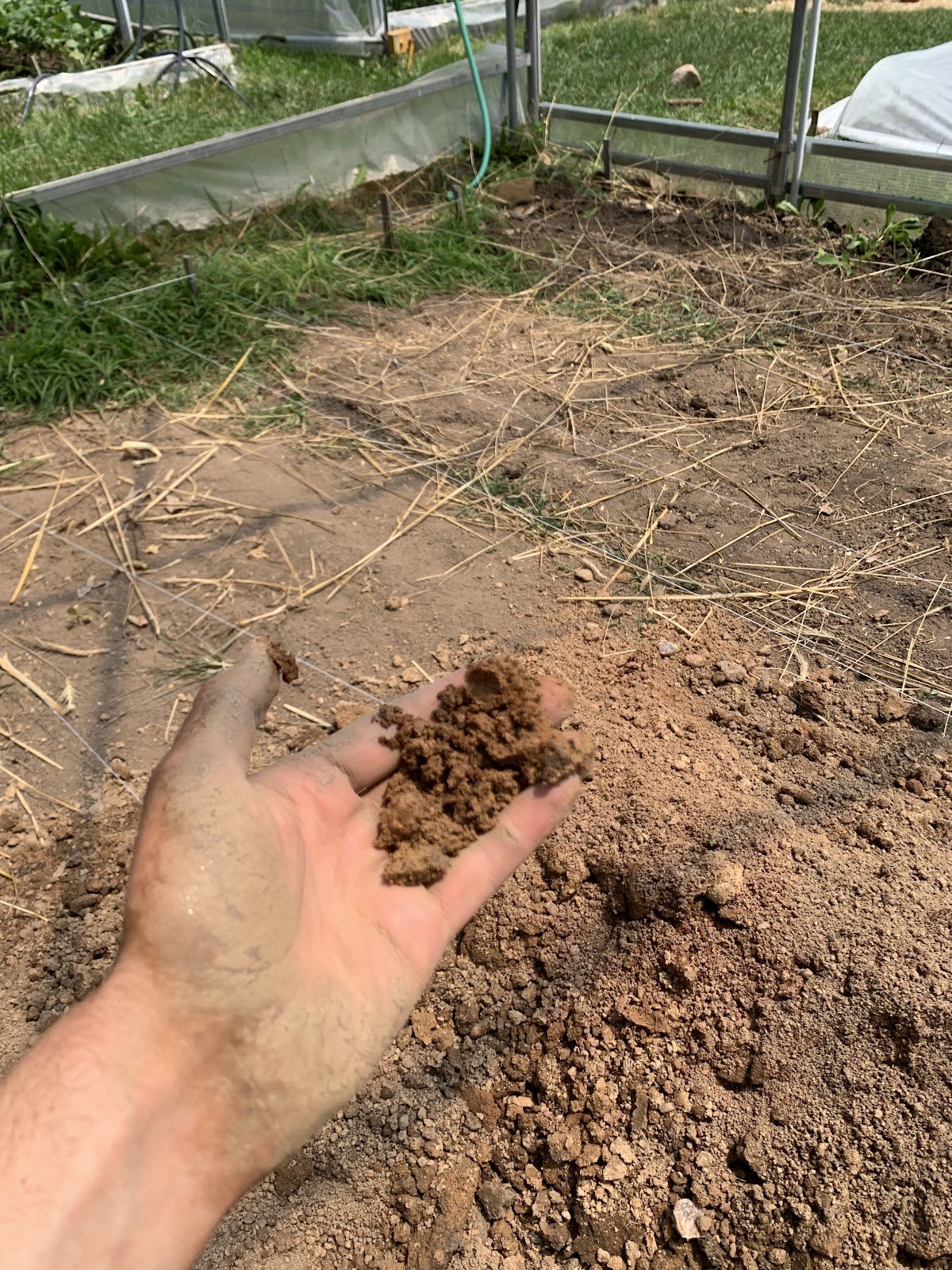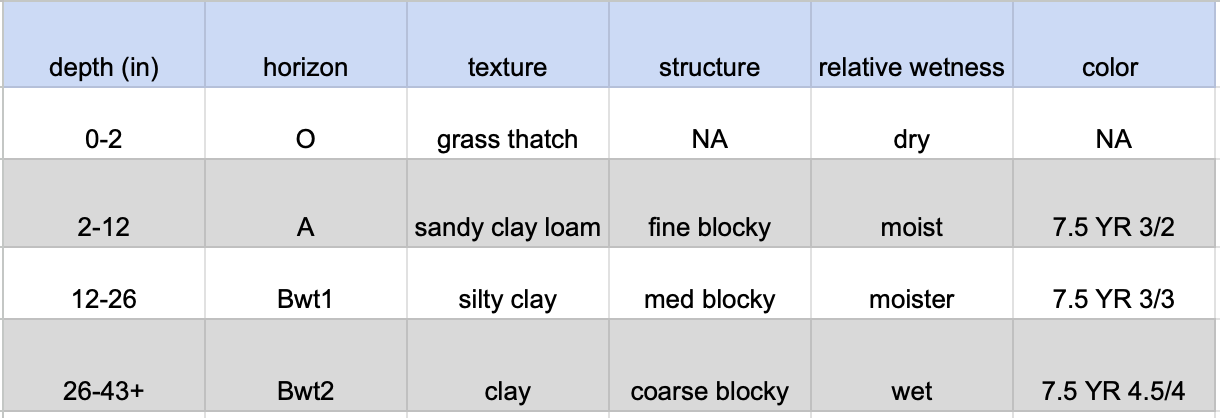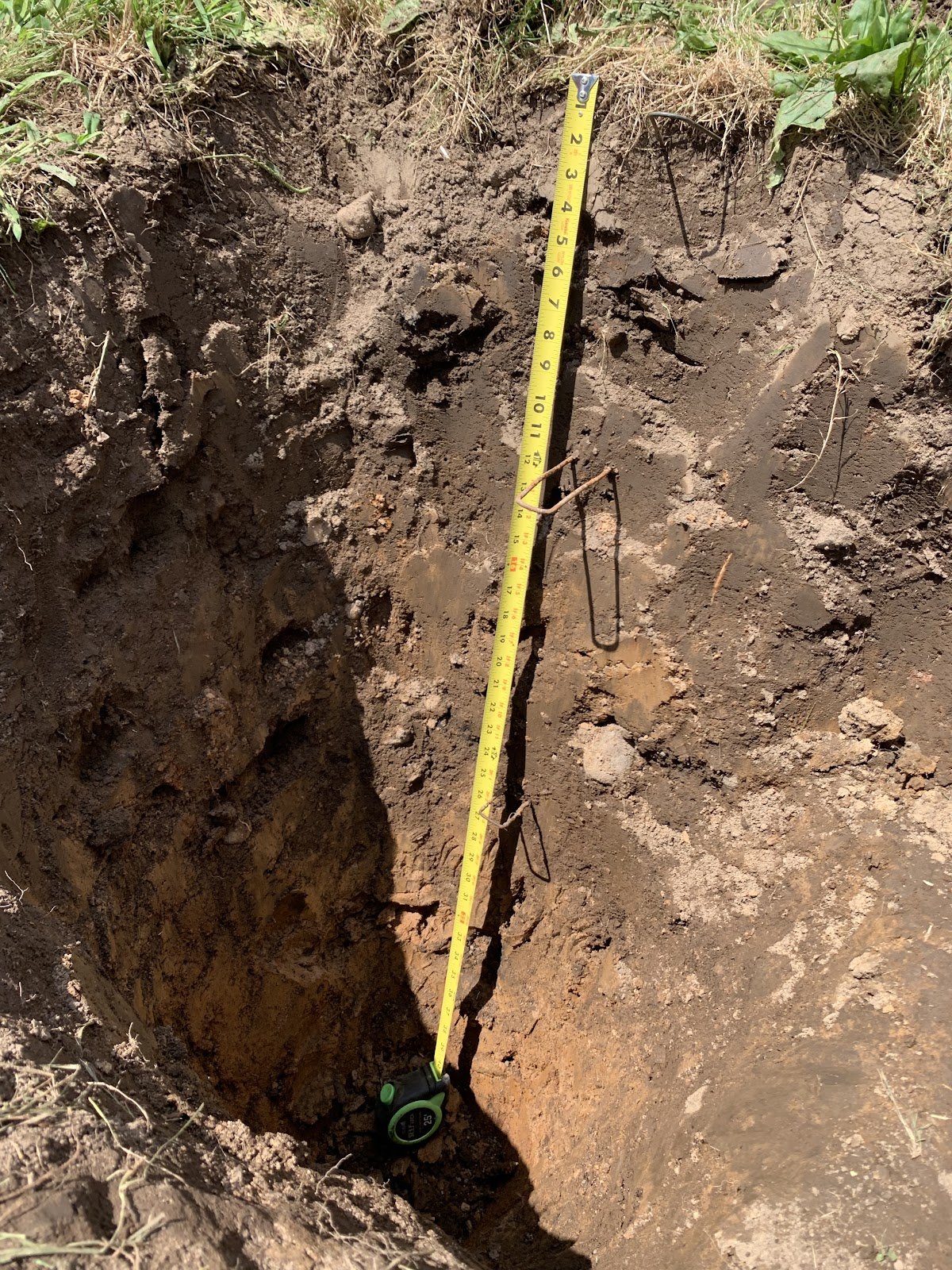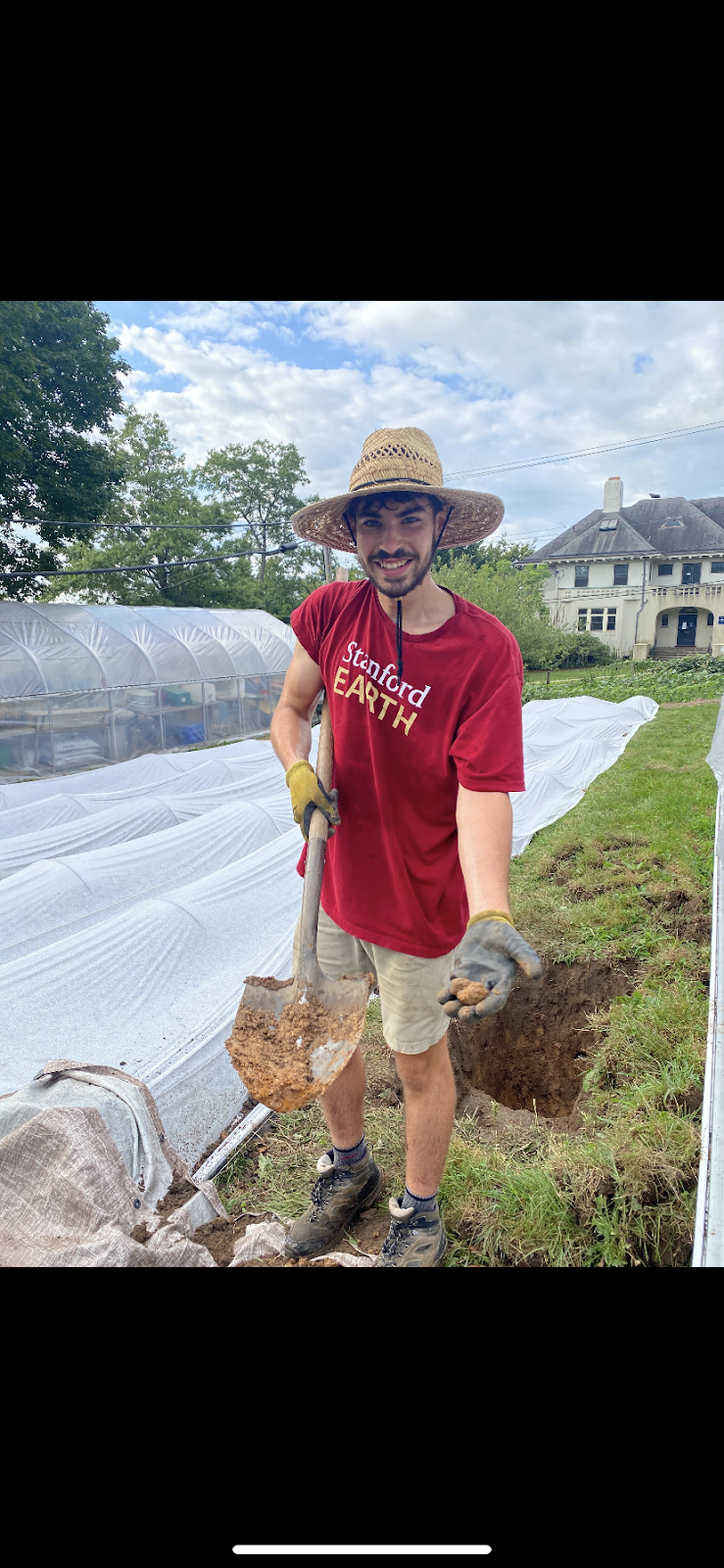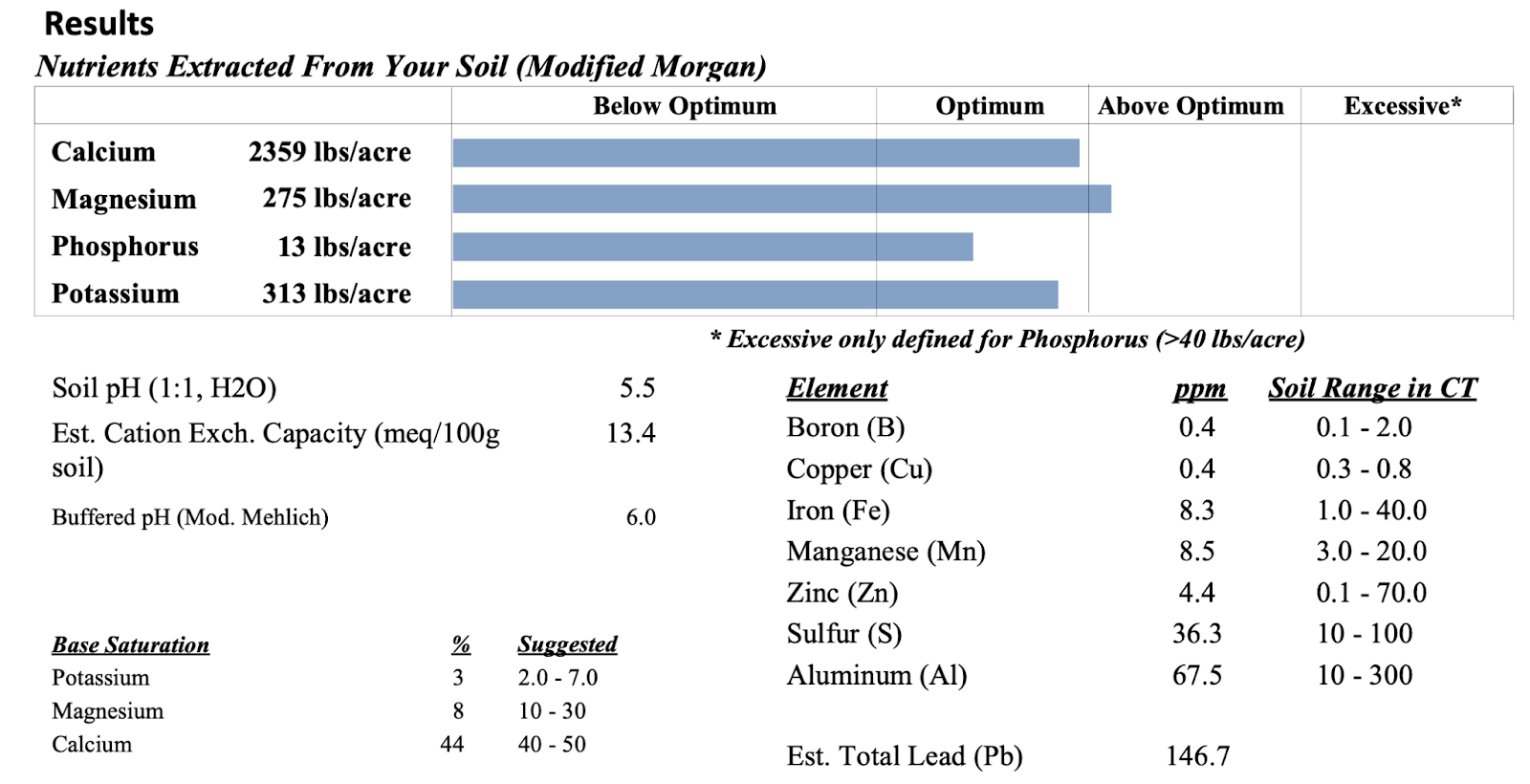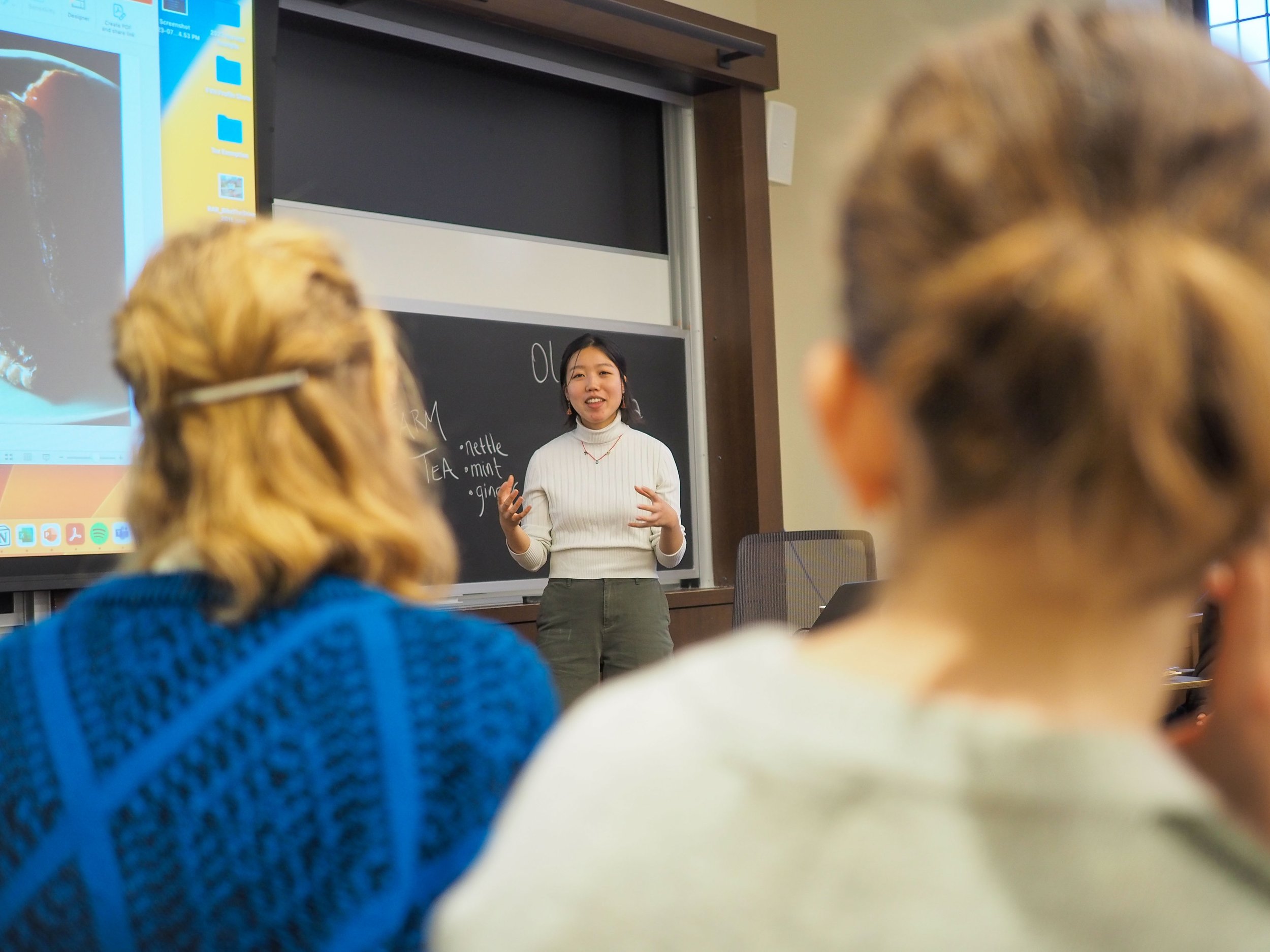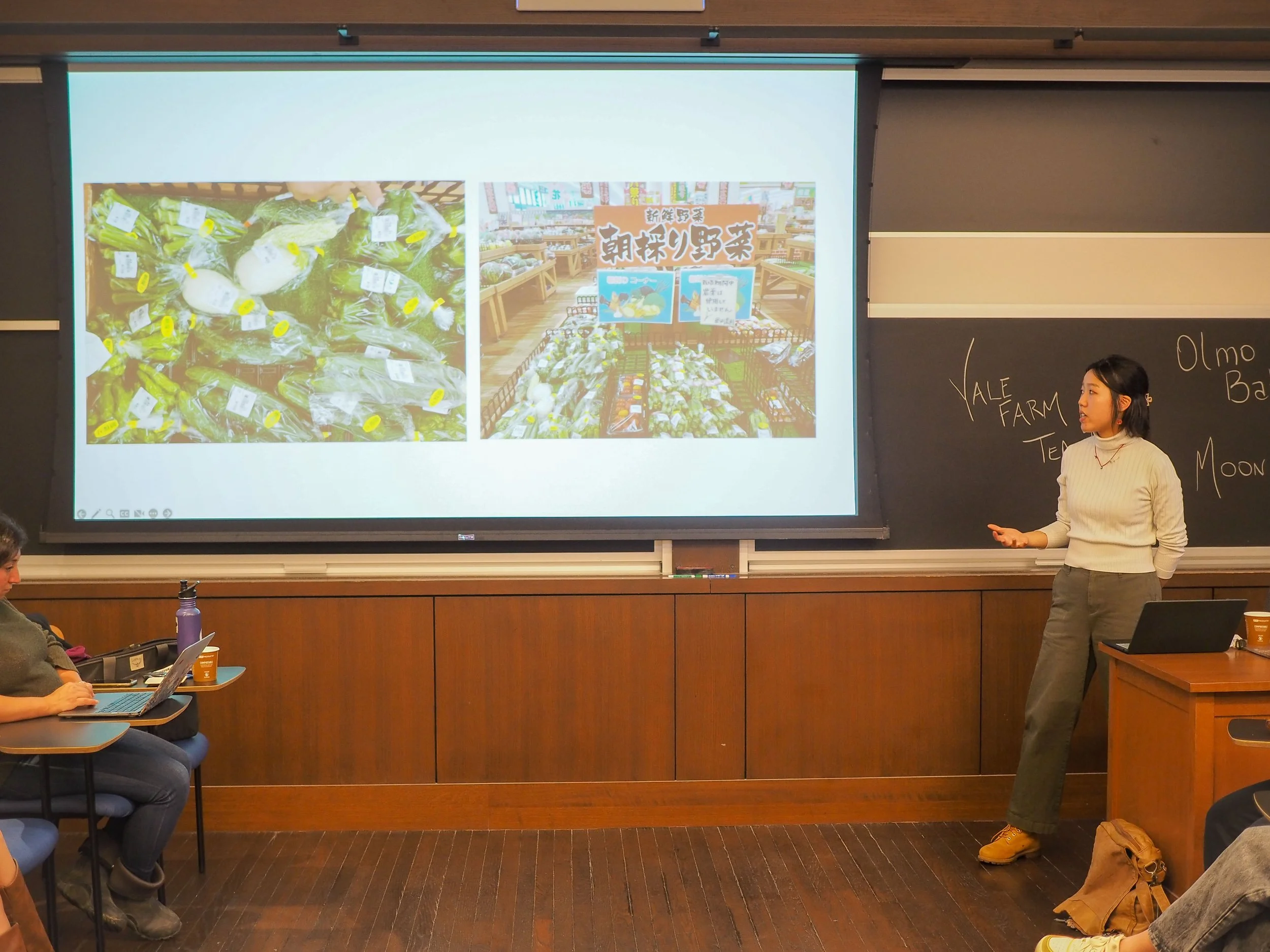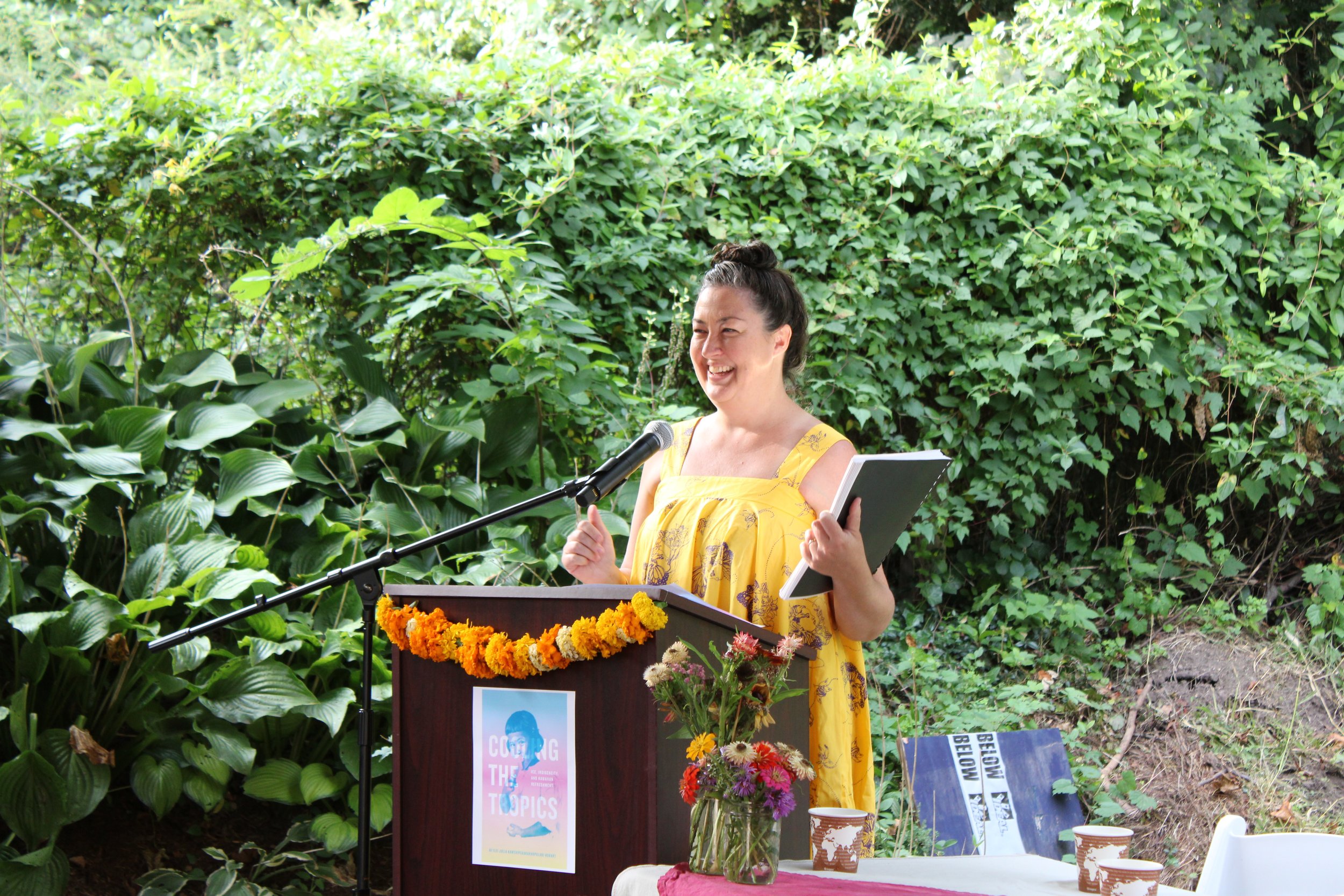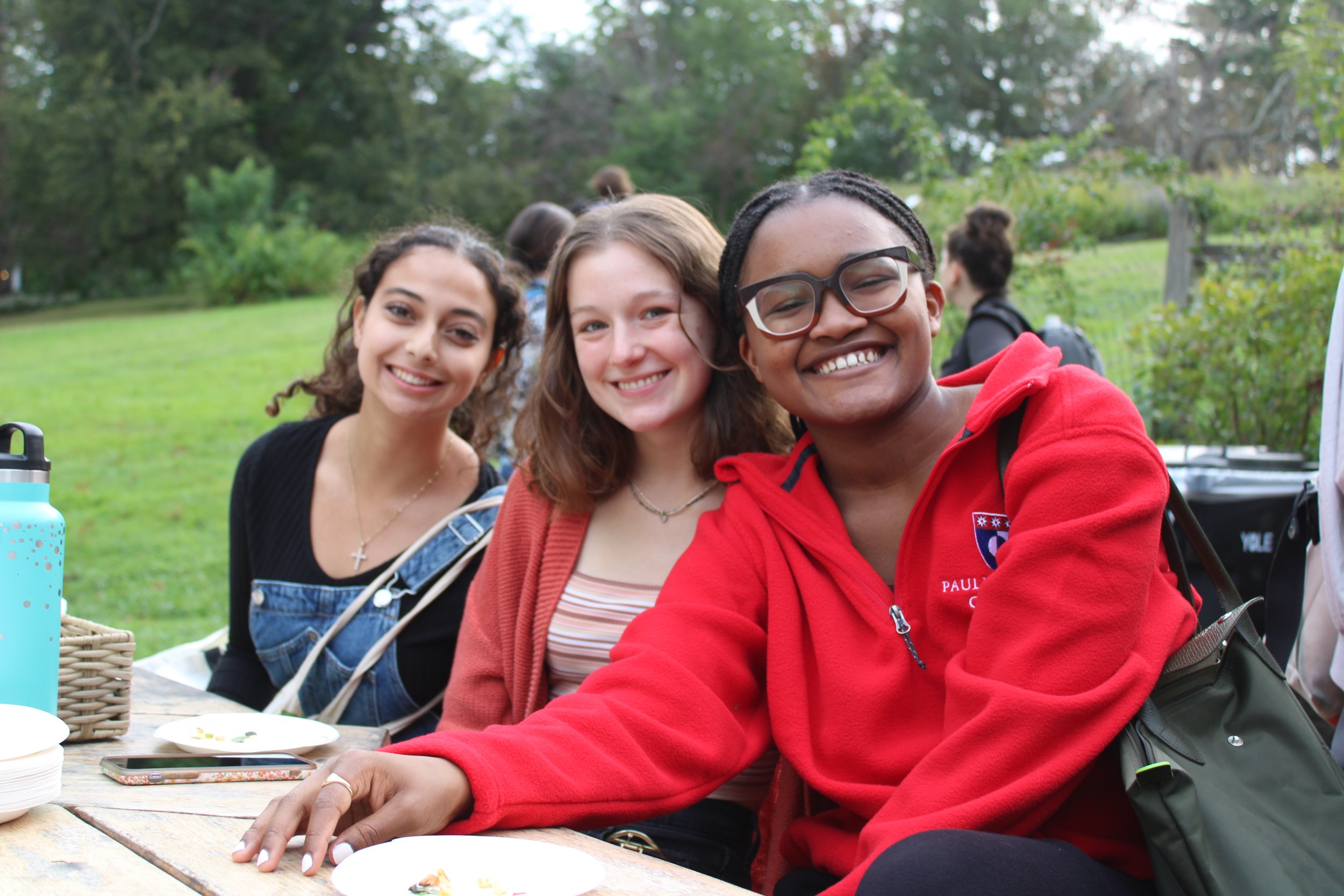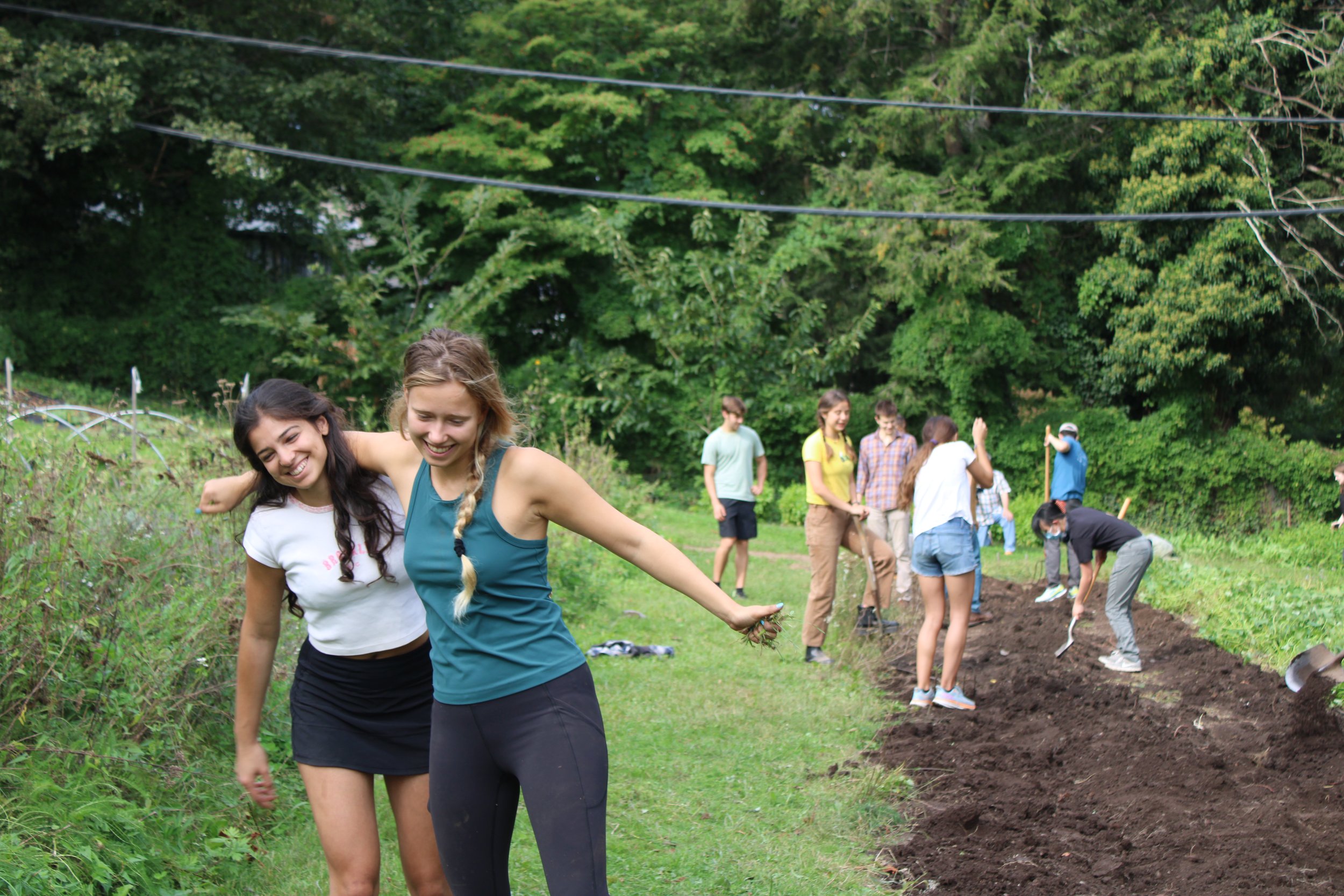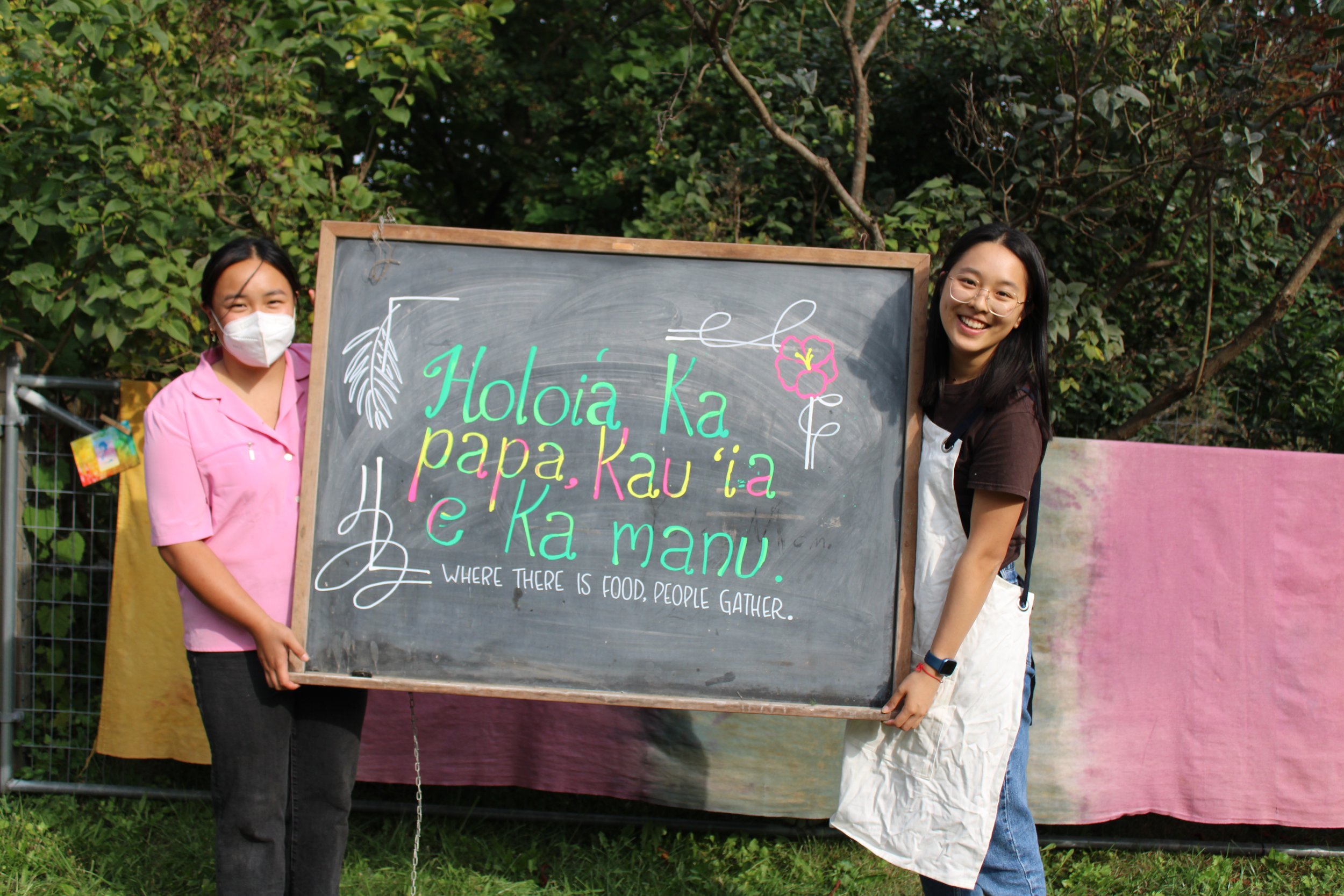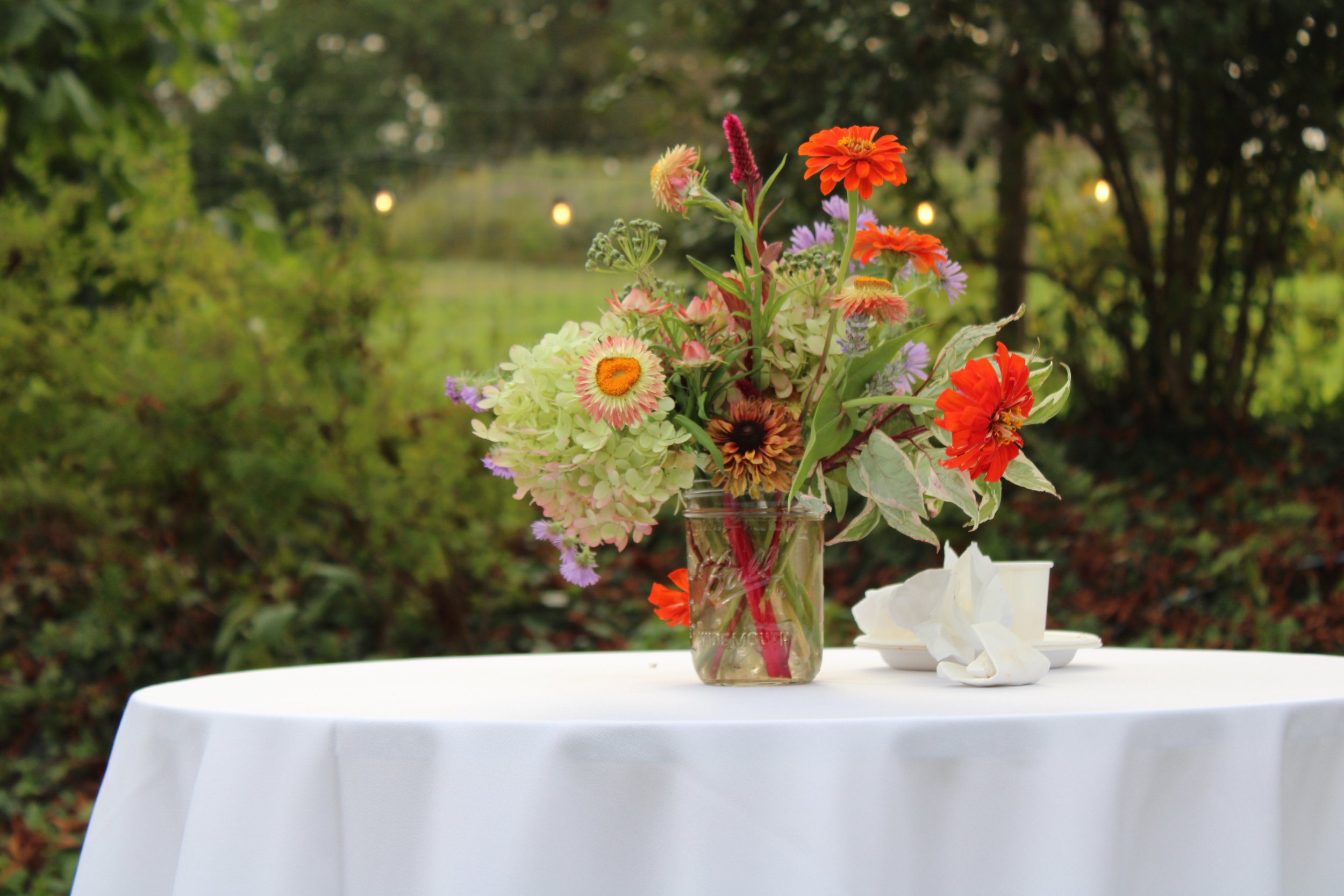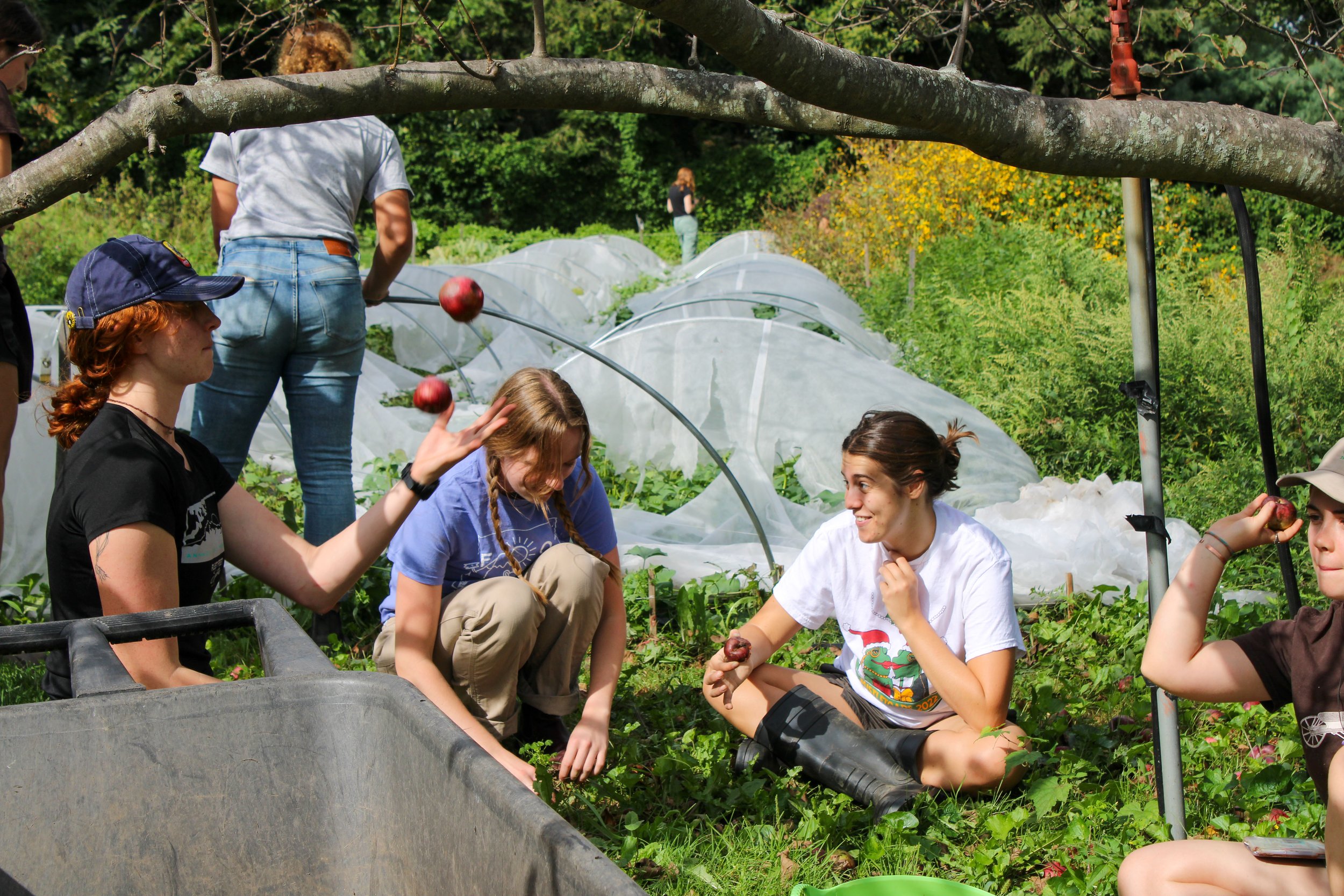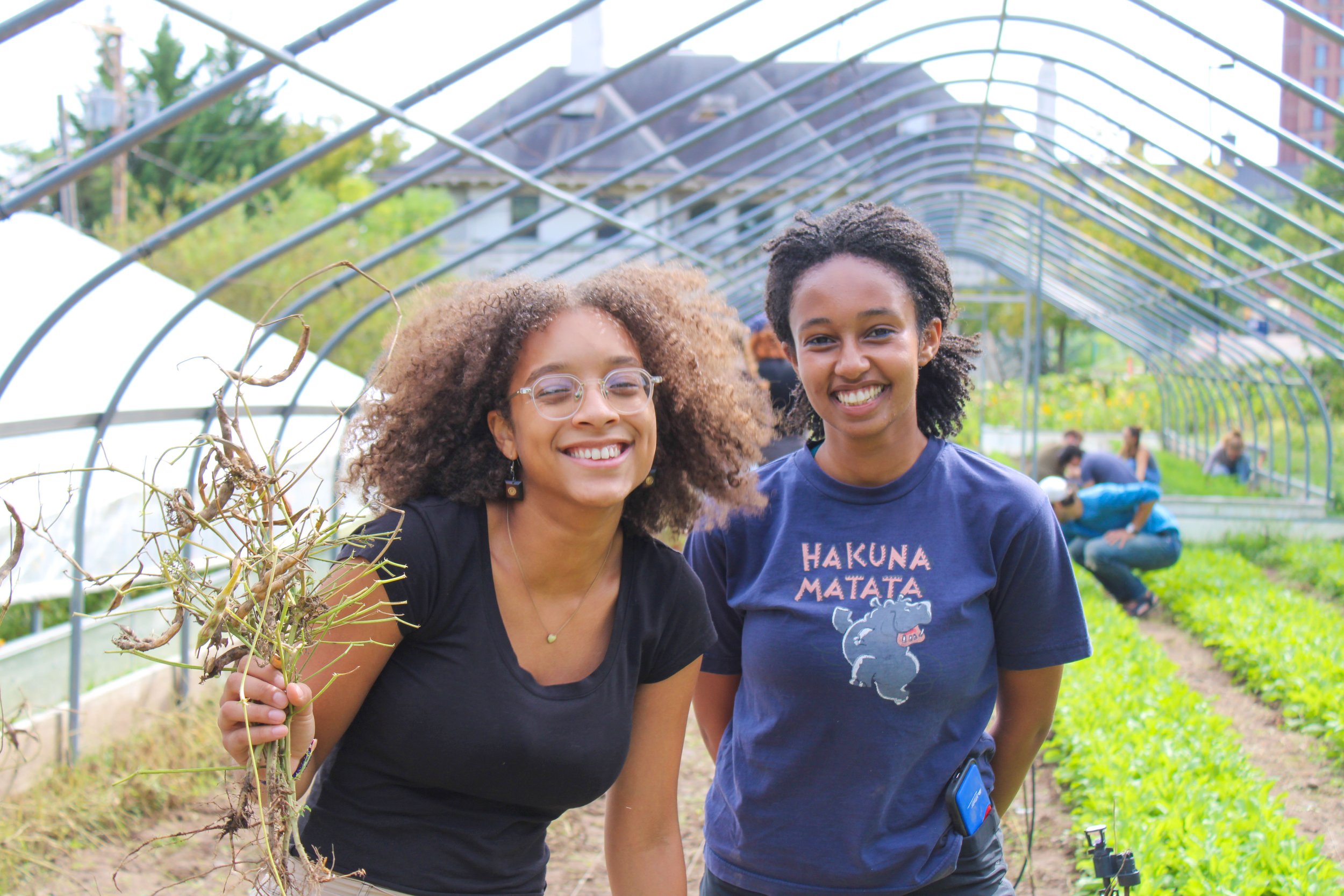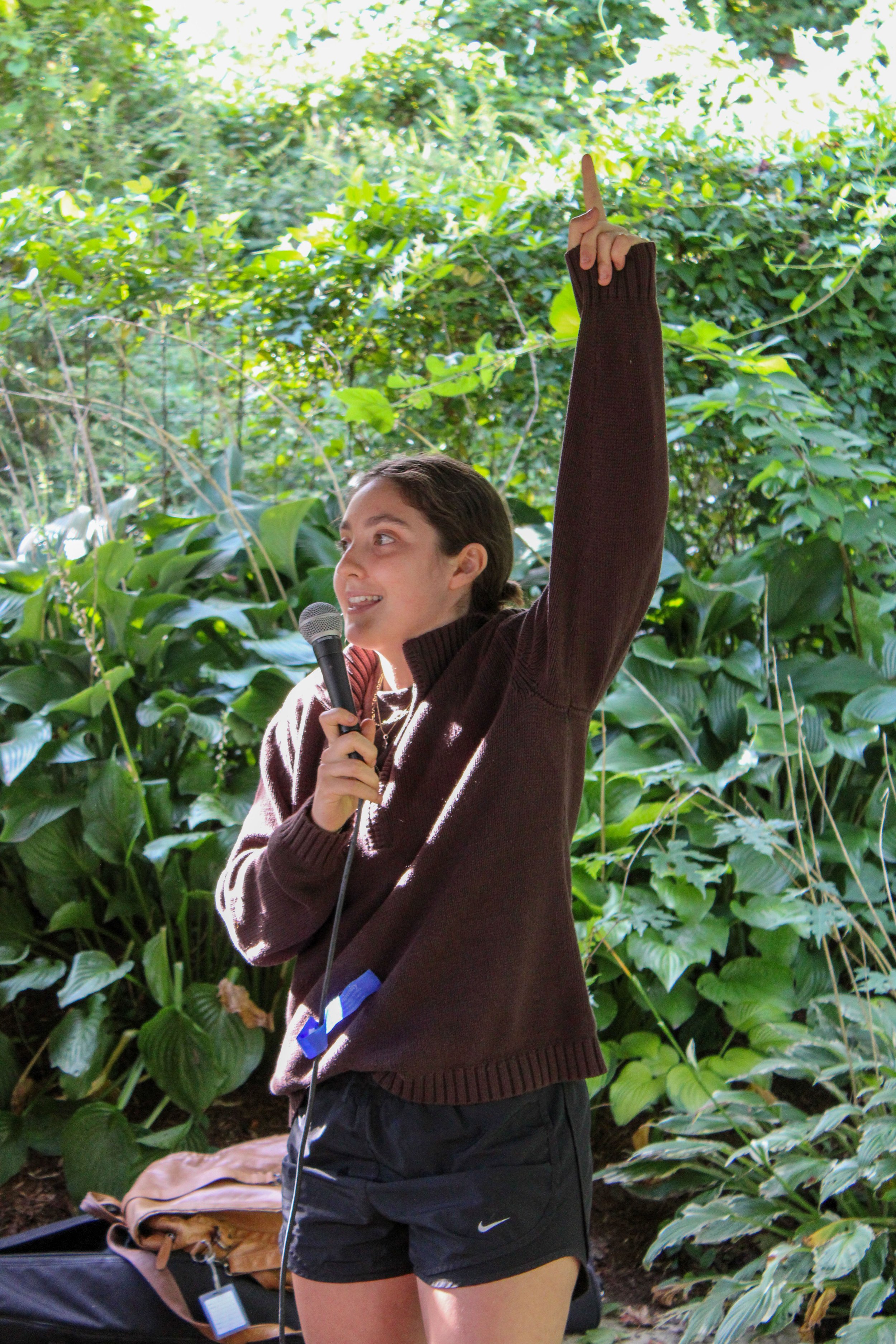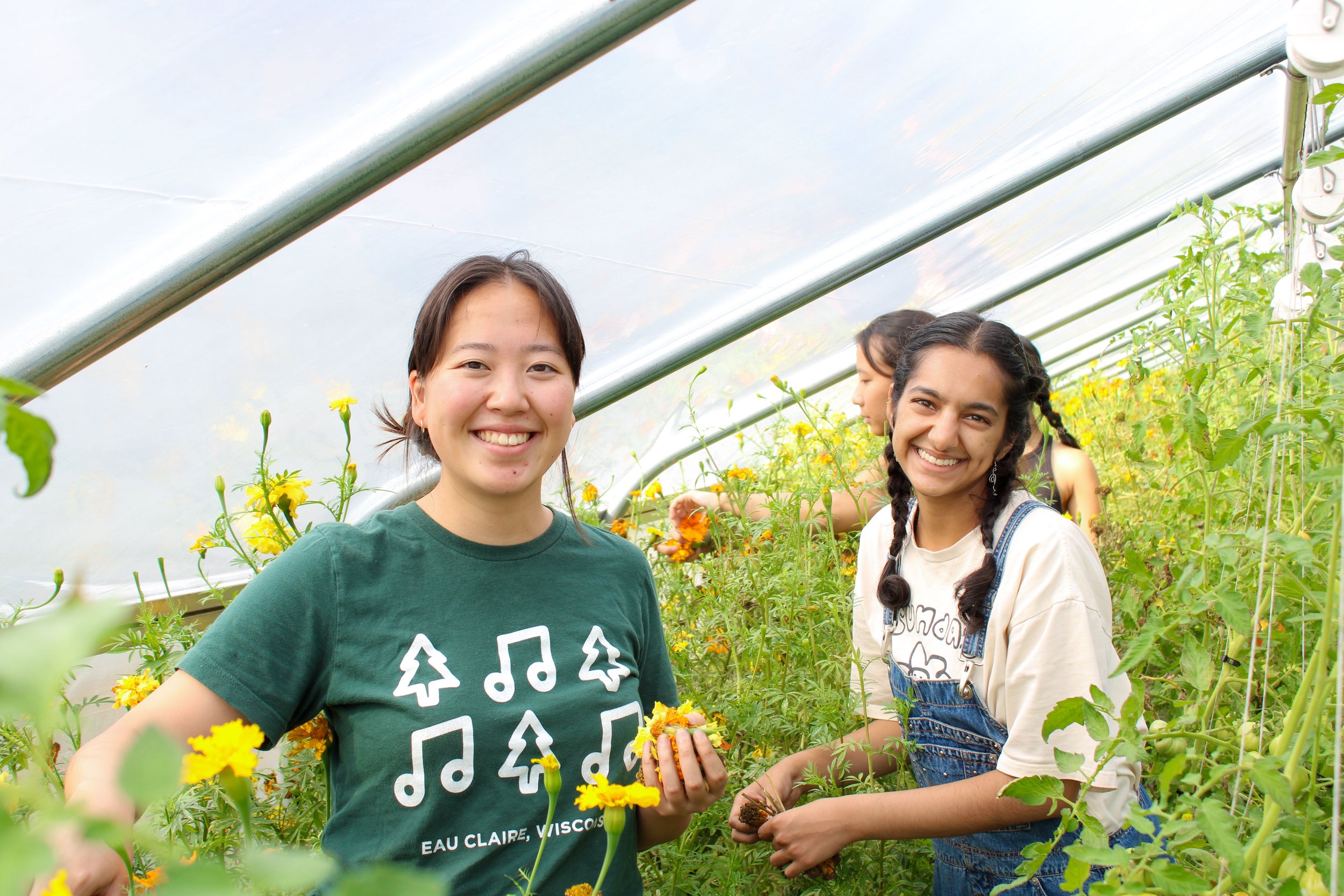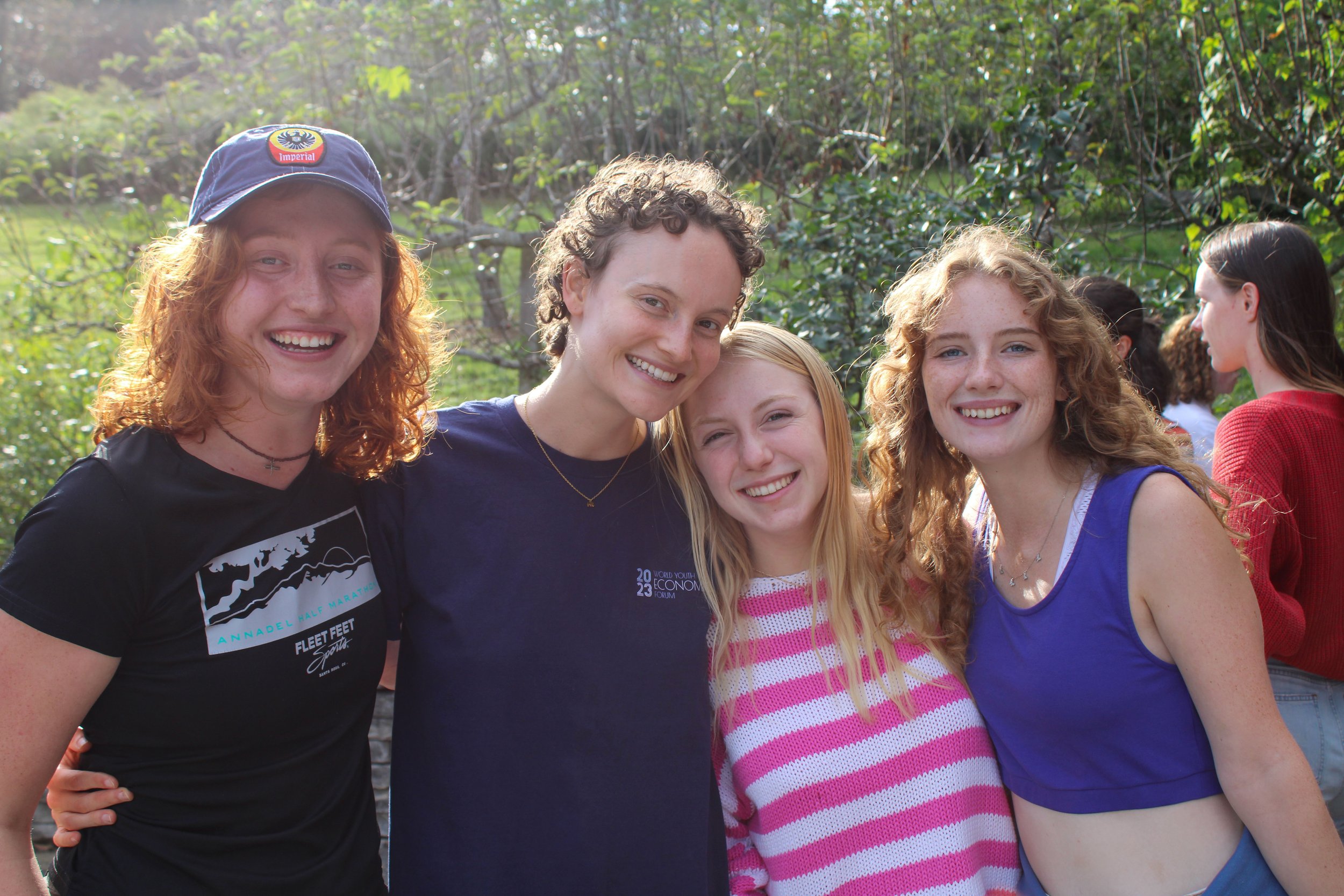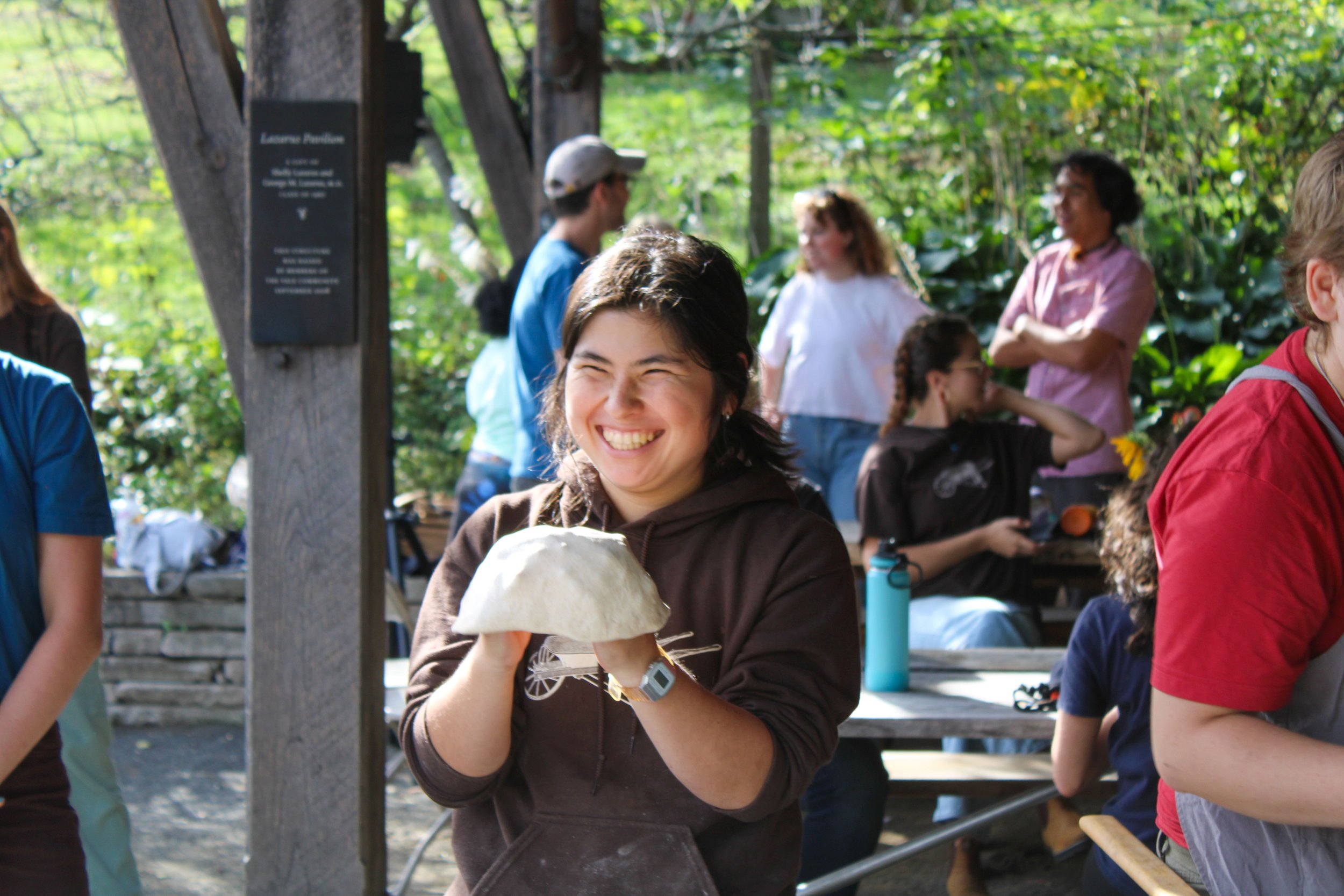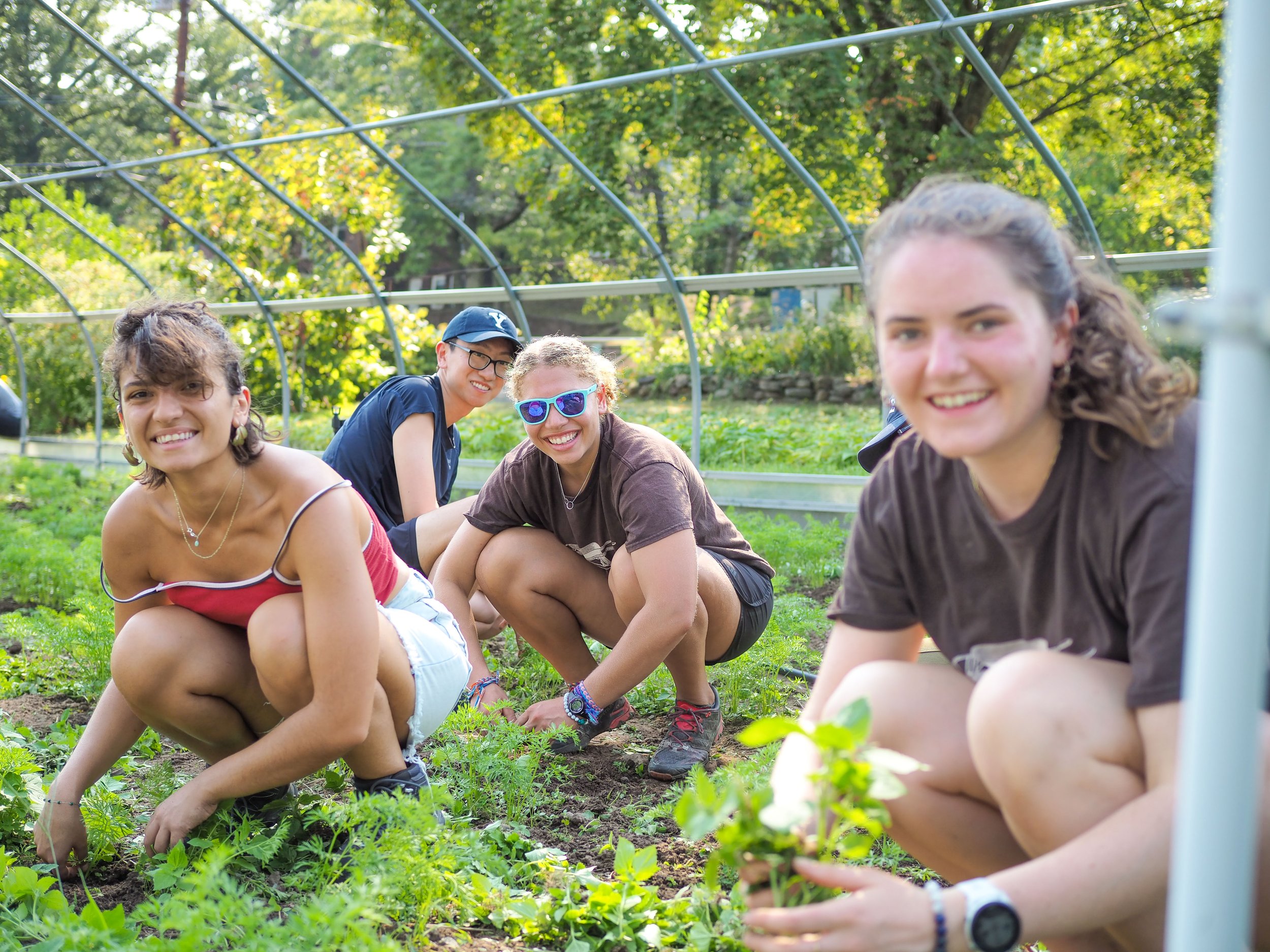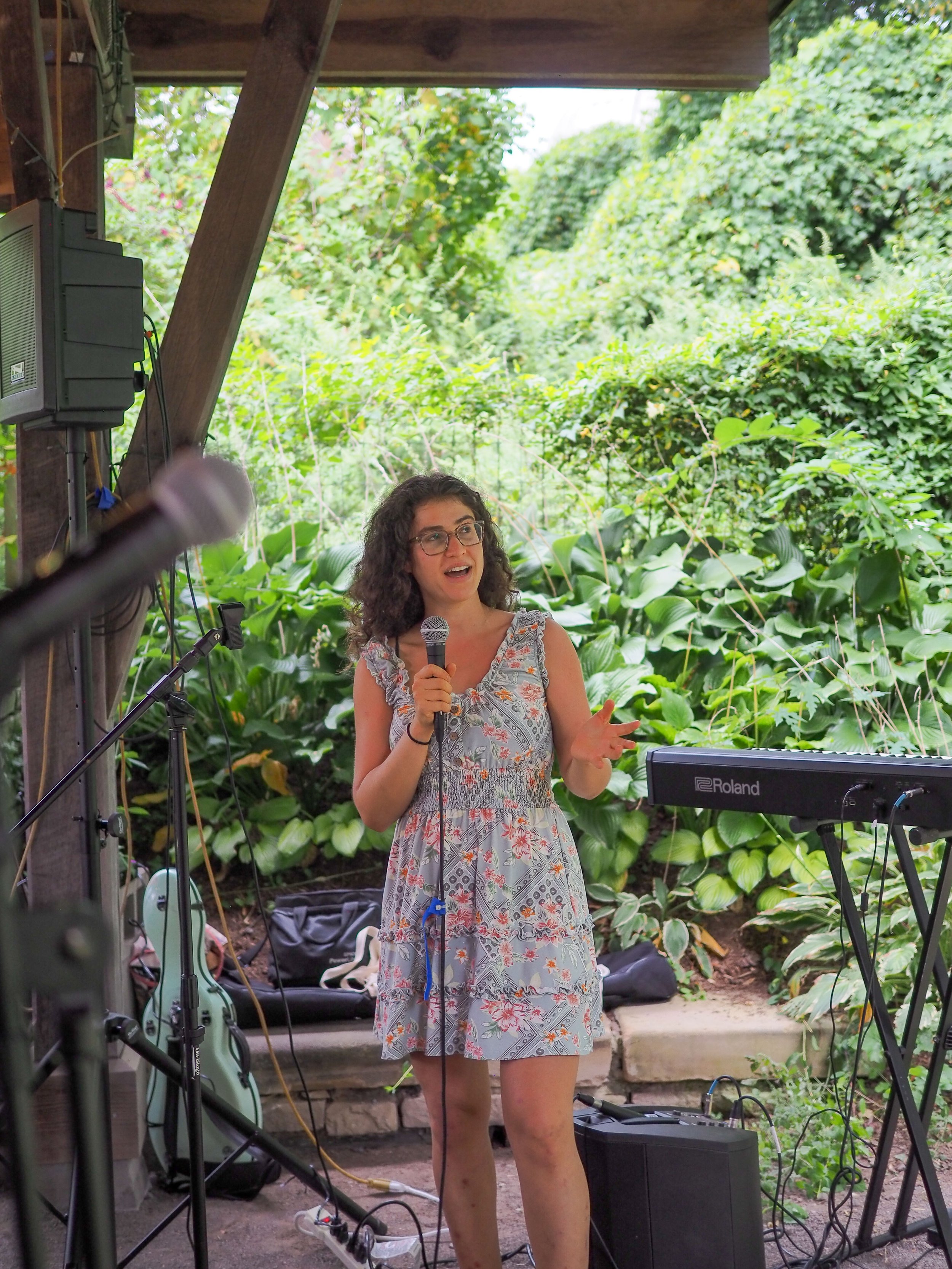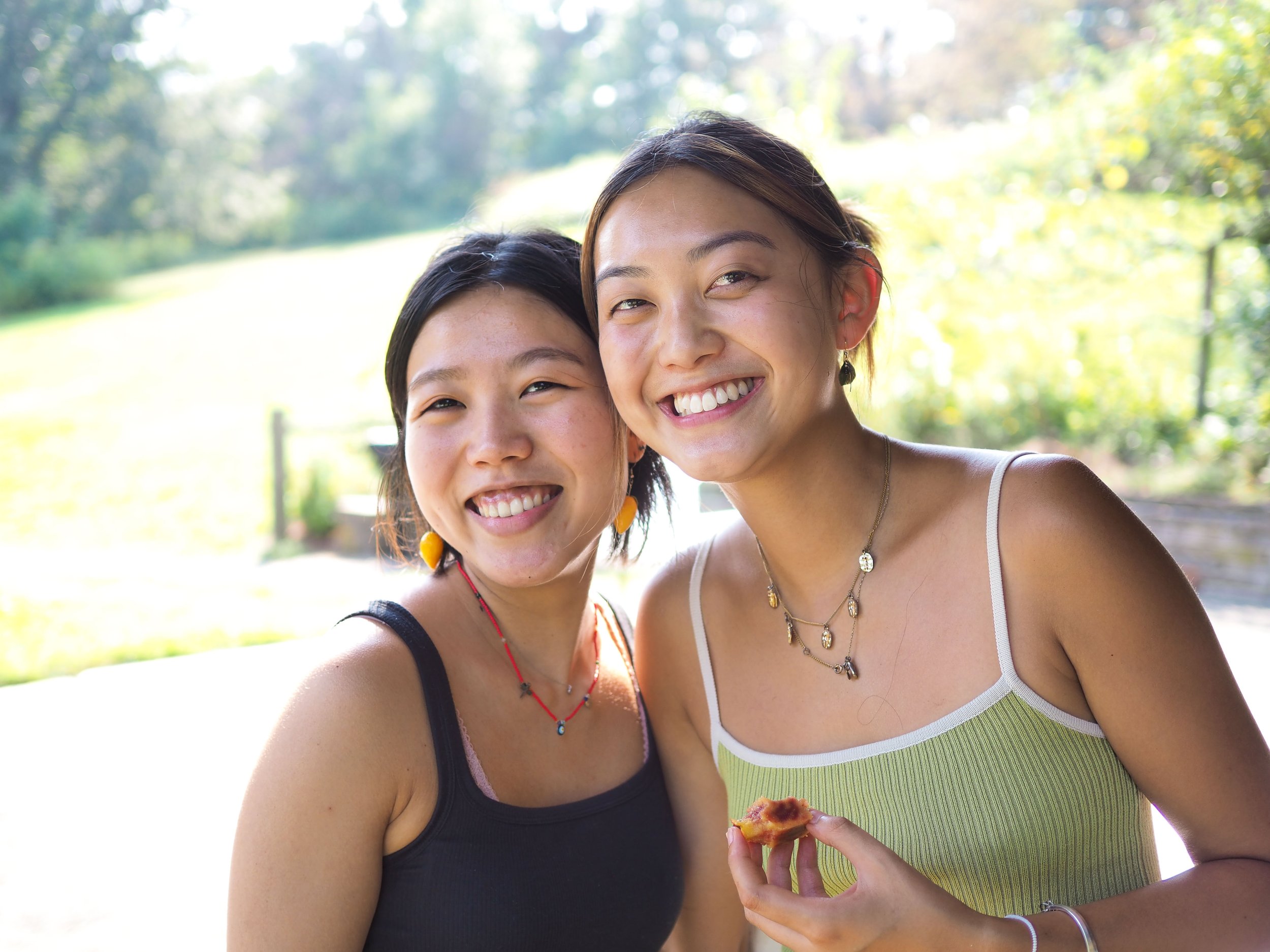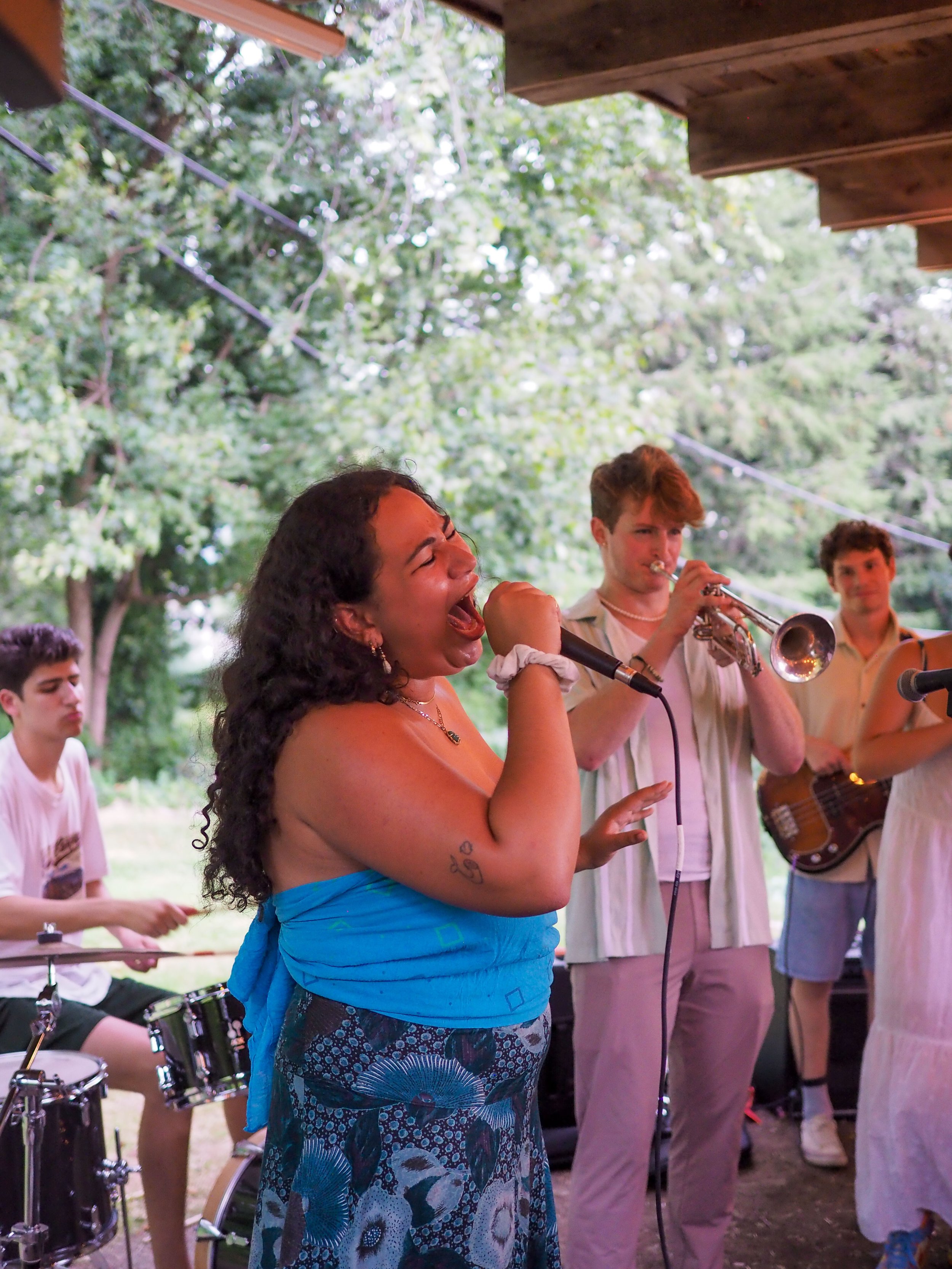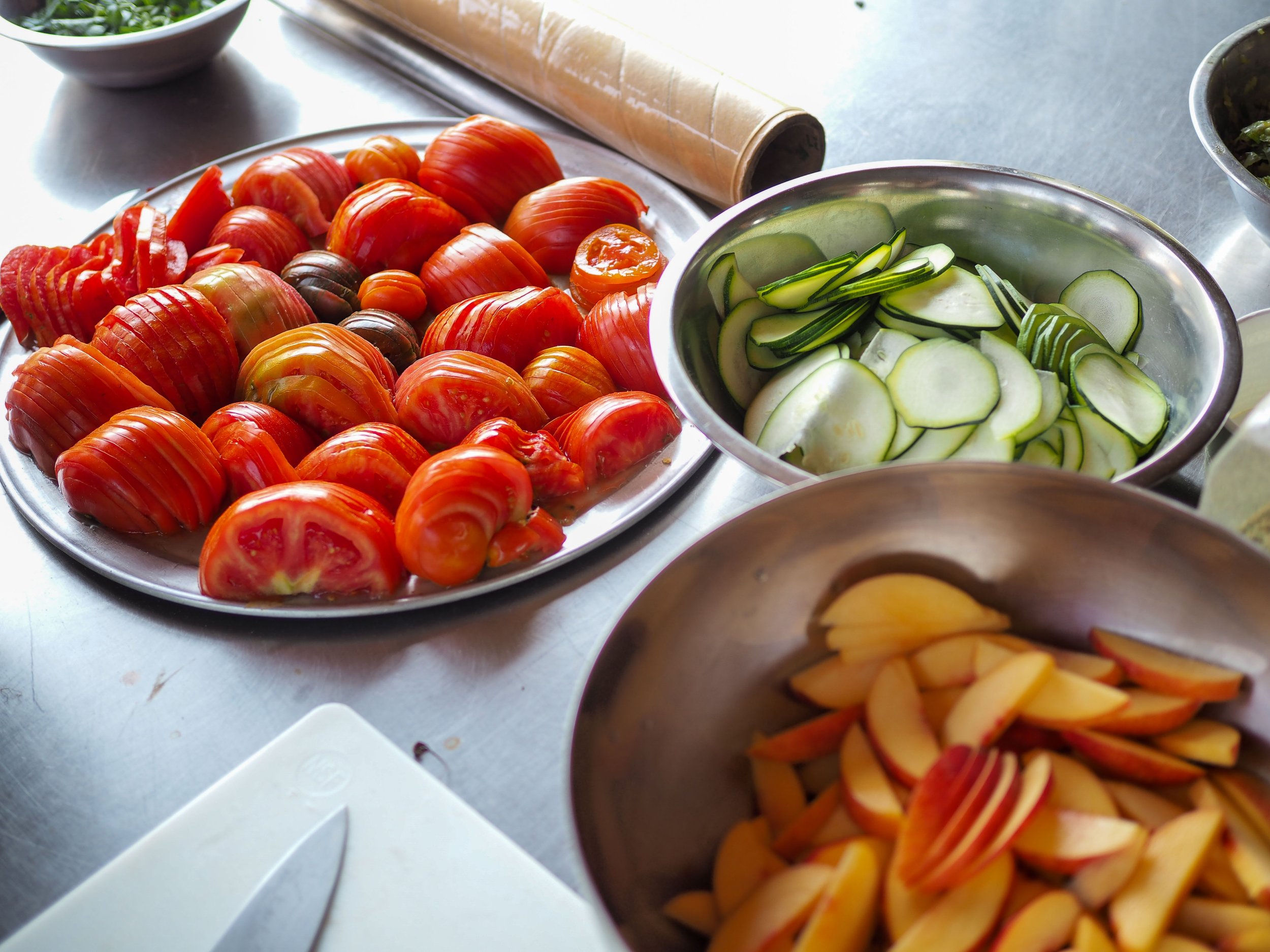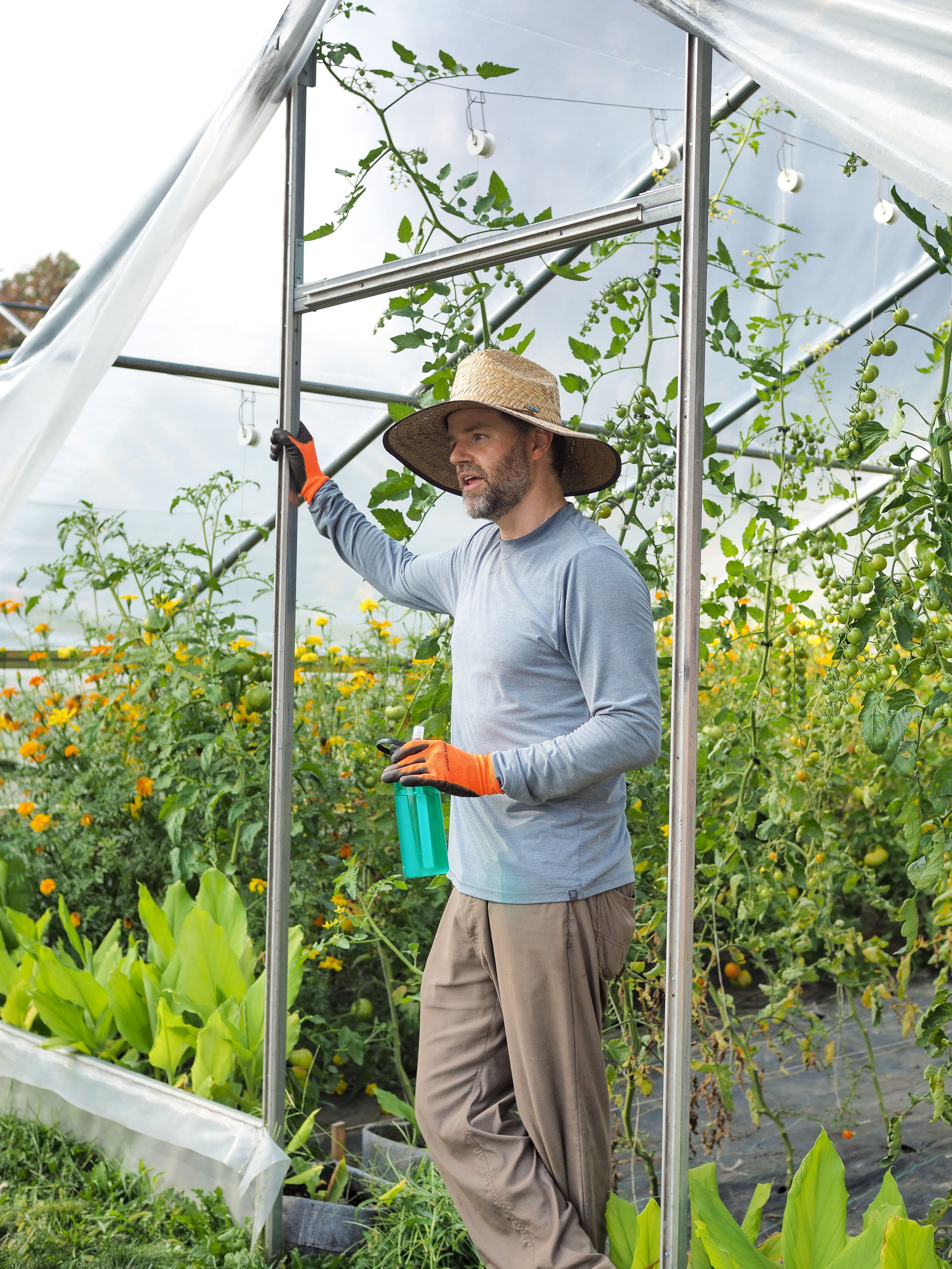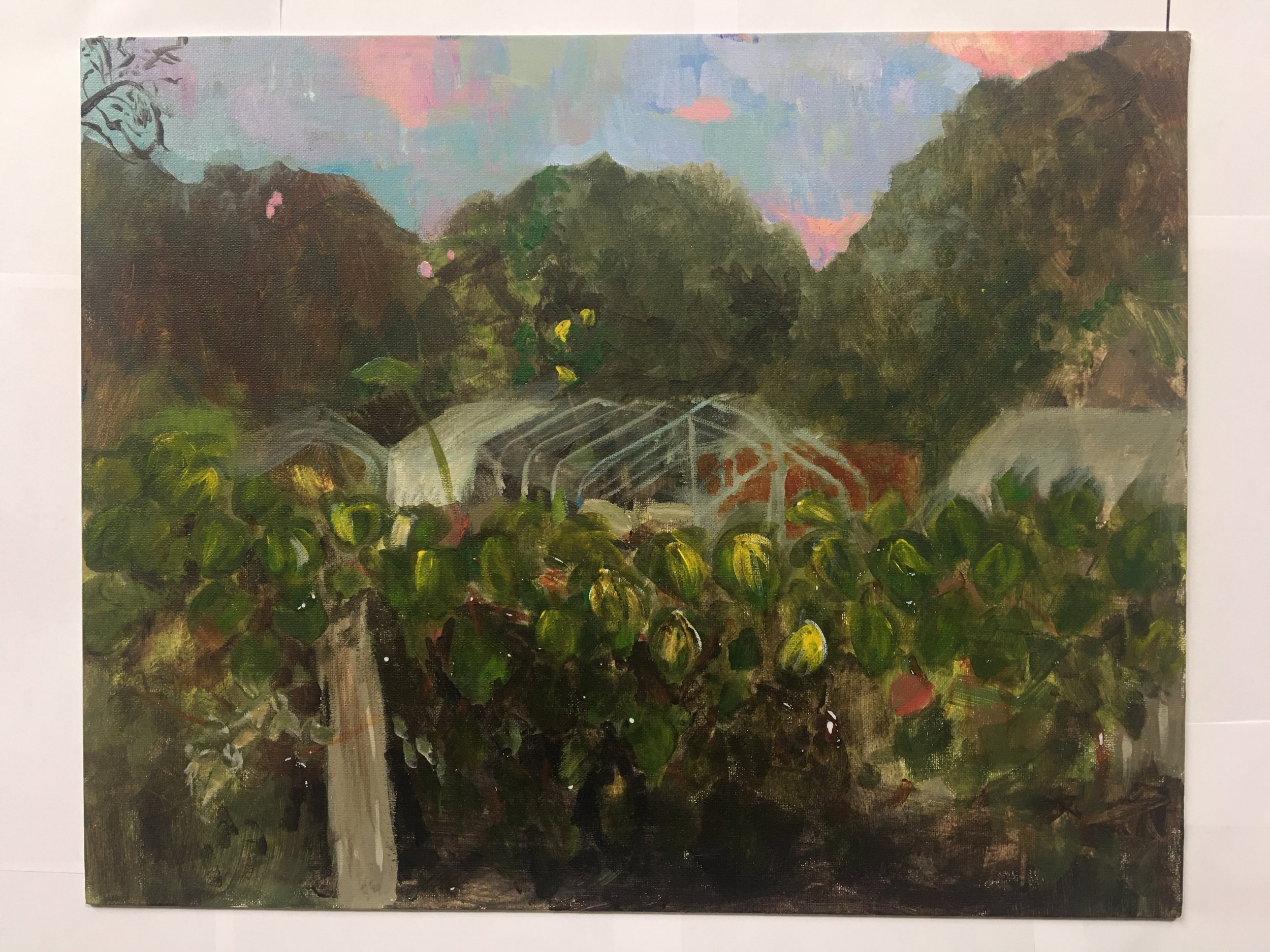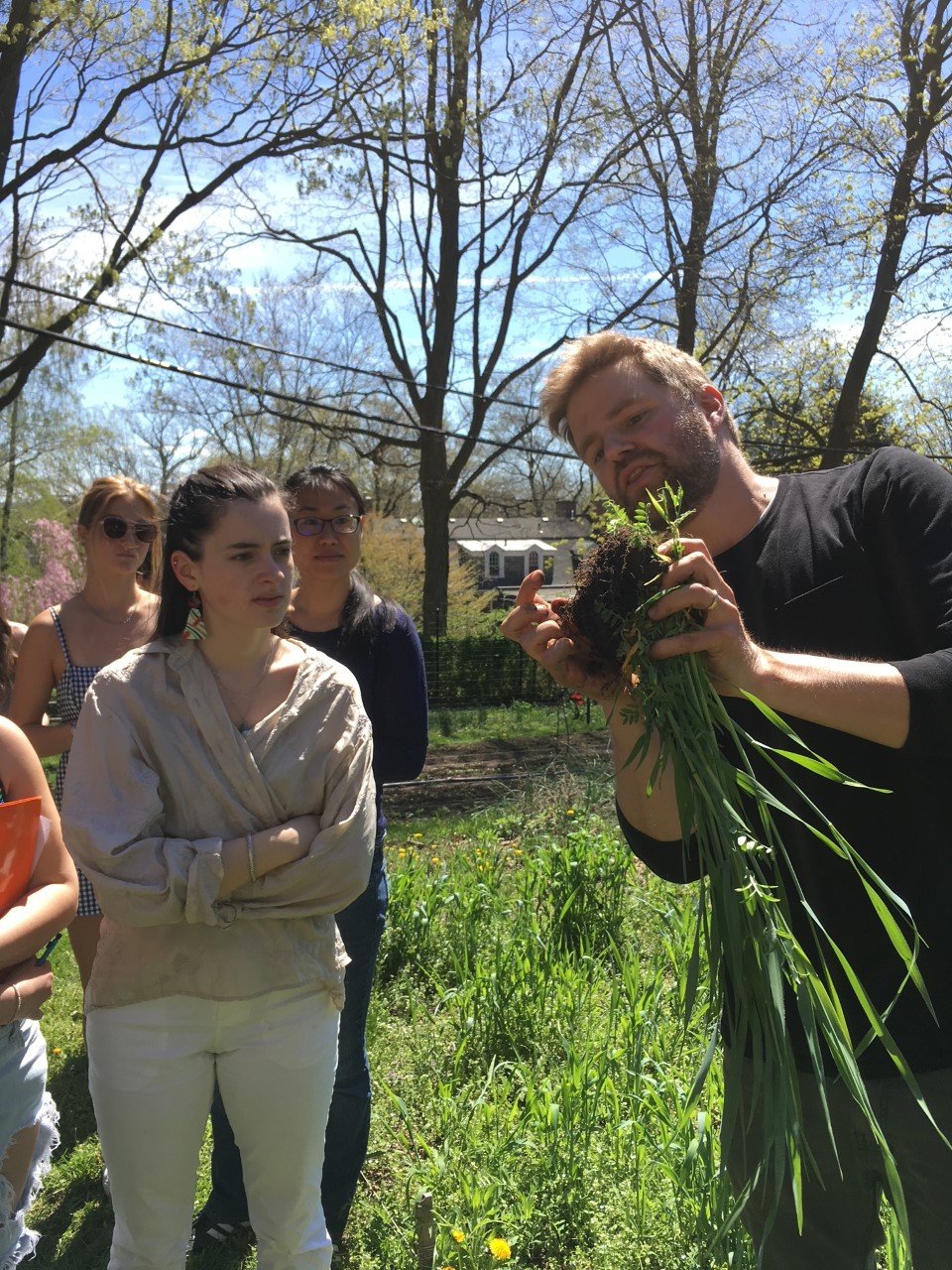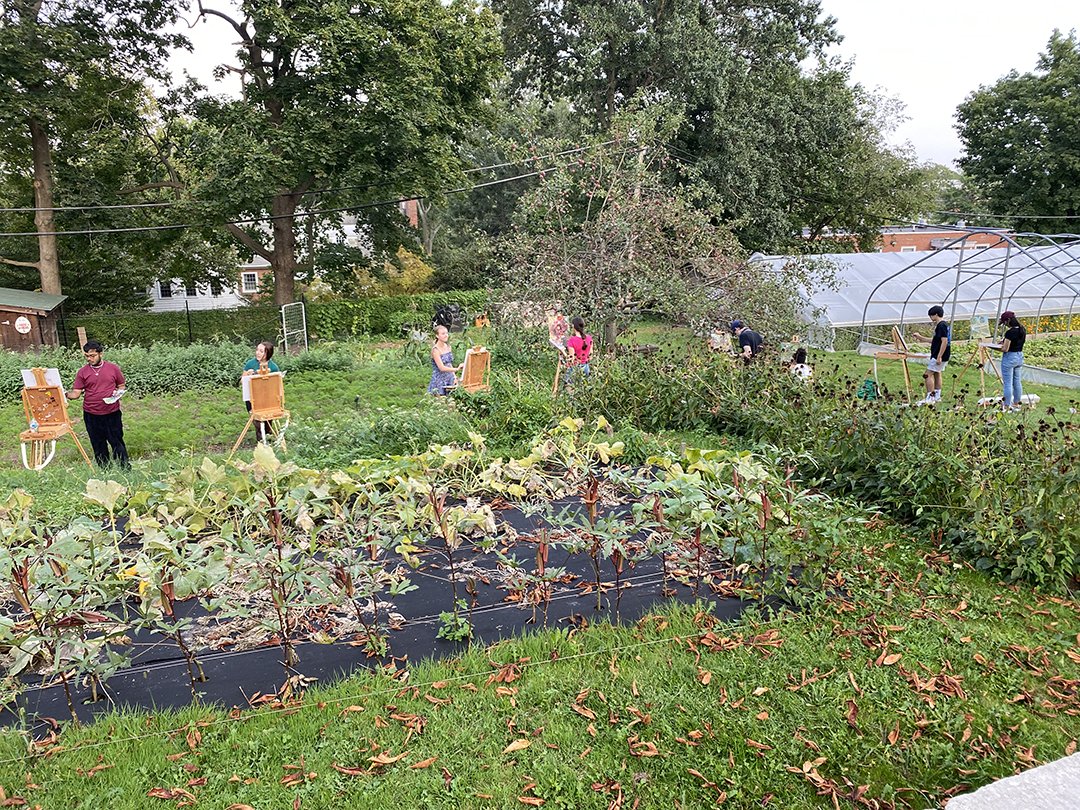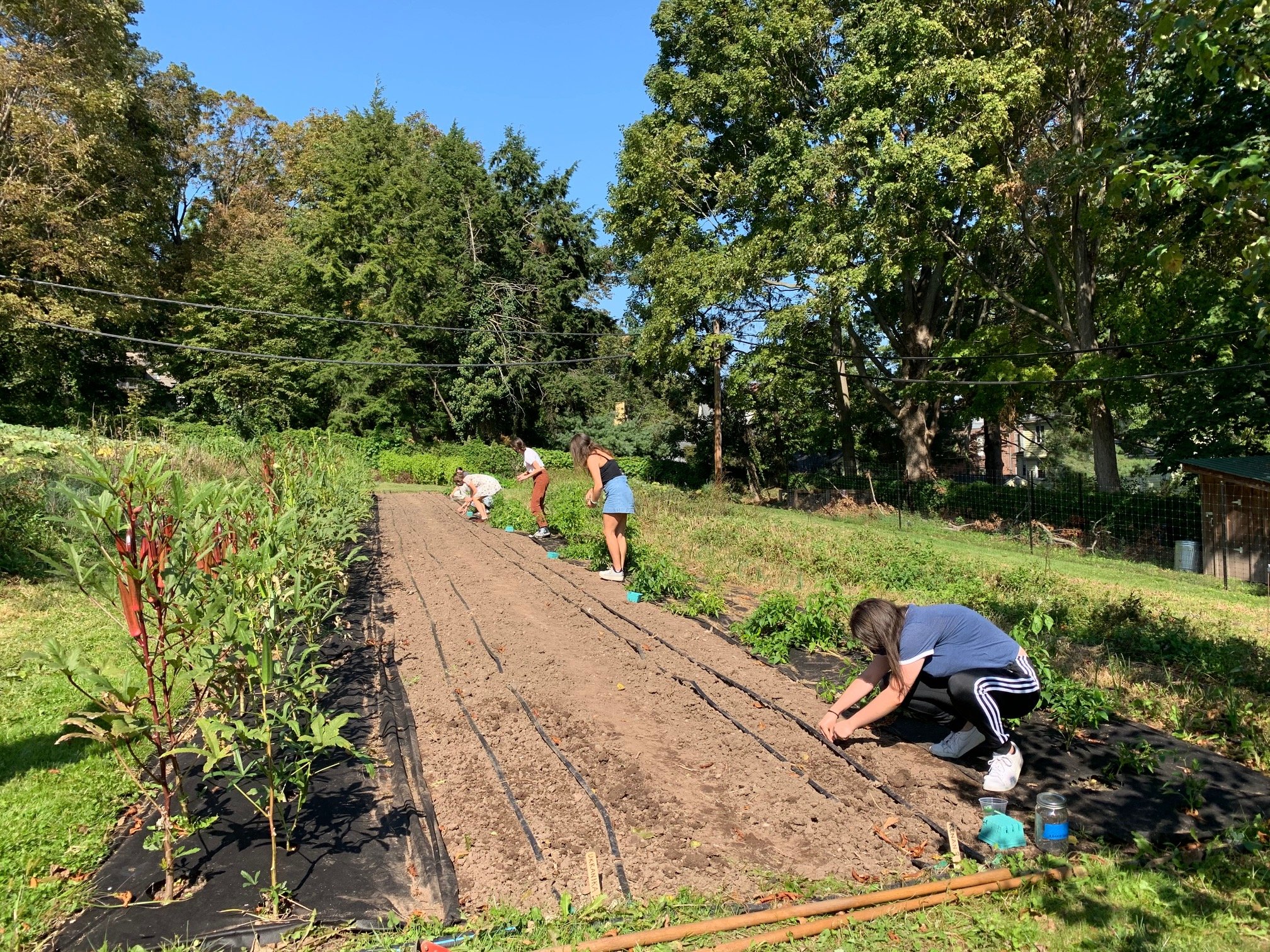This post is part of Bea Portela’s 2023 Global Food Fellowship. You can also learn more about her knead 2 know presentation from November 2023 here.
Farmworkers are an invisible, but essential, part of our food system. 2.4 million farmworkers, 68% of which are foreign-born and 44% of which are undocumented, prop up our $1.2 trillion food and agriculture industry (source). This summer, I hoped to pull back the veil on farmworkers and the realities they face, in the hope of better educating myself and others in the Yale community.
This summer, I worked as an outreach paralegal at an organization called Southern Migrant Legal Services. Based out of Nashville, we provide free legal services to farmworkers across Tennessee, Kentucky, Arkansas, Louisiana, Mississippi, and Alabama. The day-to-day of my work in the office involved communicating with clients, writing memos, and contributing to active litigation.
The other half of my time was spent doing outreach to farmworkers in their rural communities. I was fortunate enough to spend time in the tomato fields and rice plantations of southern Arkansas; catfish farms of the Mississippi Delta; tree nurseries and squash fields of Tennessee’s Sequatchie Valley; and the tomato and strawberry farms in the foothills of the Great Smoky Mountains. But behind the bucolic country roads was a reality that was anything but romantic. The states we serve are among those with the fewest labor protections for farmworkers. Though the South as a region has fewer farmworkers than some other US regions, this lack of workplace protection is still experienced by over 225,000 people (source).
Rather than being empirical, my research was experiential. I listened and asked questions to learn from the knowledge of my fellow paralegals and attorneys, some of whom have been in the farmworker law field for decades. I learned by speaking with farmworkers on the ground. My research questions were the following:
What are the sources of farmworker invisibility in the United States? Is it rooted in history, deliberate policy, and/or farmworkers’ own fears?
What are the challenges facing non-profit organizations serving farmworker populations?
What are methods and strategies for farmworkers to feel more empowered?
I cannot go in depth to answer these questions here, but I do have a few takeaways that I’ll be thinking about for a long time.
The first is that the law, while it’s an incredibly powerful tool, can often be limited by which laws do or do not exist. Farmworkers have been systematically excluded from many federal labor laws meant to protect workers. For example, farmworkers are excluded from overtime pay provisions in the Fair Labor Standards Act (FLSA). On small farms with less than seven workers, they’re not entitled to even the federal minimum wage of $7.25. (source)
To be sure, states can create their own state laws to establish a higher minimum wage, a right to overtime pay, elevated housing standards, or worker’s compensation if injured on the job. However, few, if any, states in the South have crafted these additional state protections. (source) What this means is that legal service providers have less tools in our toolbox to protect workers. We cannot enforce laws that don’t exist.
Another takeaway is that there are very large and legitimate barriers that keep farmworkers from speaking out against abuse, whether that be through the legal system or not. From my experience, farmworkers fear that if they call out potential violations, they will be fired and/or not rehired by their employers. This is amplified for the many farmworkers who come to the United States through a recruiter who acts as a middleman between the grower/employer and farmworker. Though it is technically illegal, farmworkers are afraid of being blacklisted by these recruiters. Branded as a troublemaker, this blacklisting could keep a worker from getting hired not just at their previous farm, but any farm, in the United States. For farmworkers desperate to provide for their families back home, this is not a risk they’re willing to take.
My final takeaway is that though it is challenging, the work of farmworker legal service providers is invaluable. I am immensely grateful for the paralegals and attorneys I’ve learned from, all of whom are tireless advocates. By meeting farmworkers where they are, I hope we can bring more dignity to their work by informing workers that we exist to serve them, that they have rights, and that we will work as hard as possible to ensure they’re upheld.
Endless tomato fields in the foothills of the Smoky Mountains of northeastern Tennessee.
A tree nursery in Middle Tennessee. The ornamental trees and flowers grown in these nurseries end up in garden centers across the country.
A trailer park in Tennessee, an example of where farmworkers are often housed.





